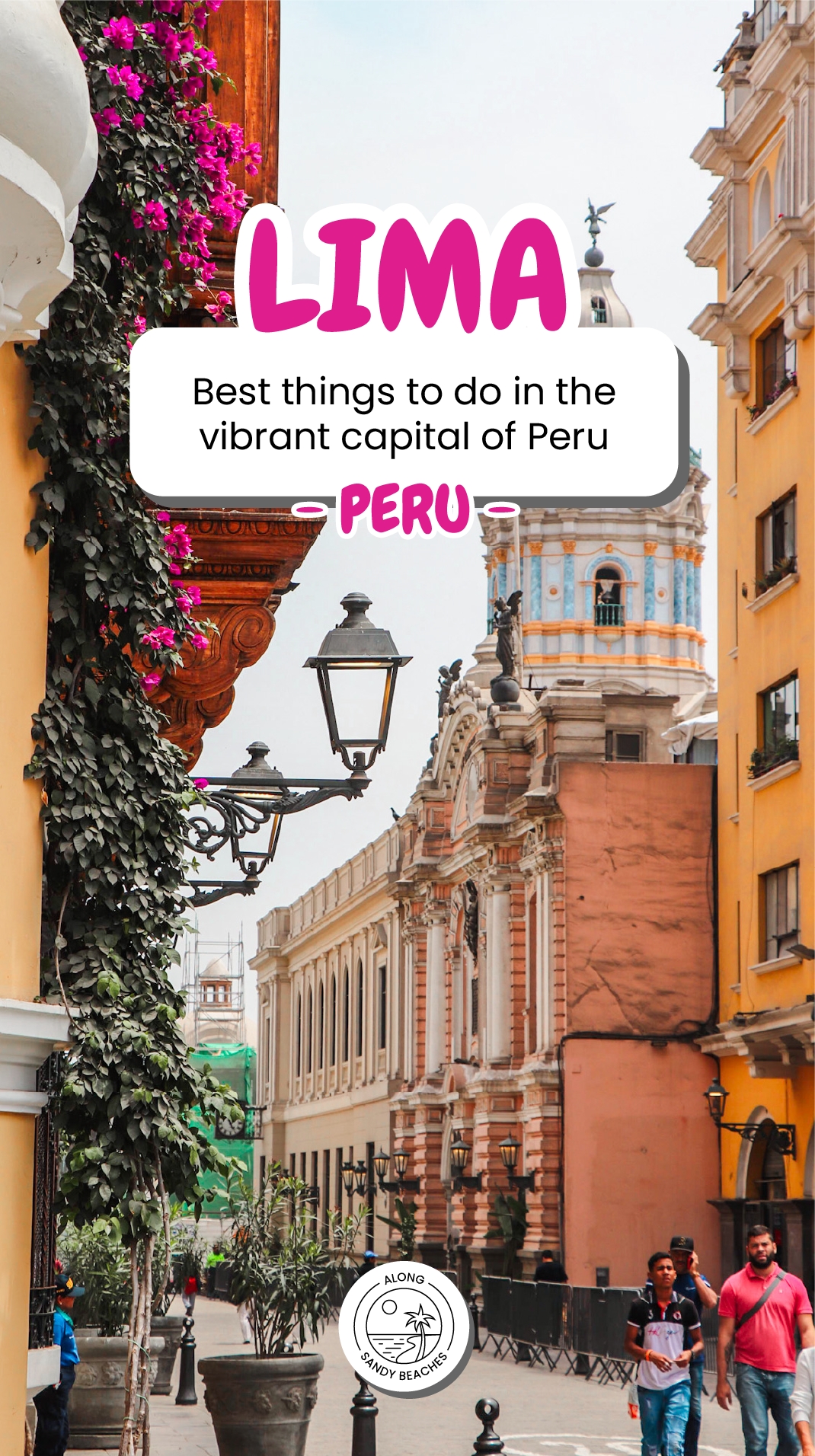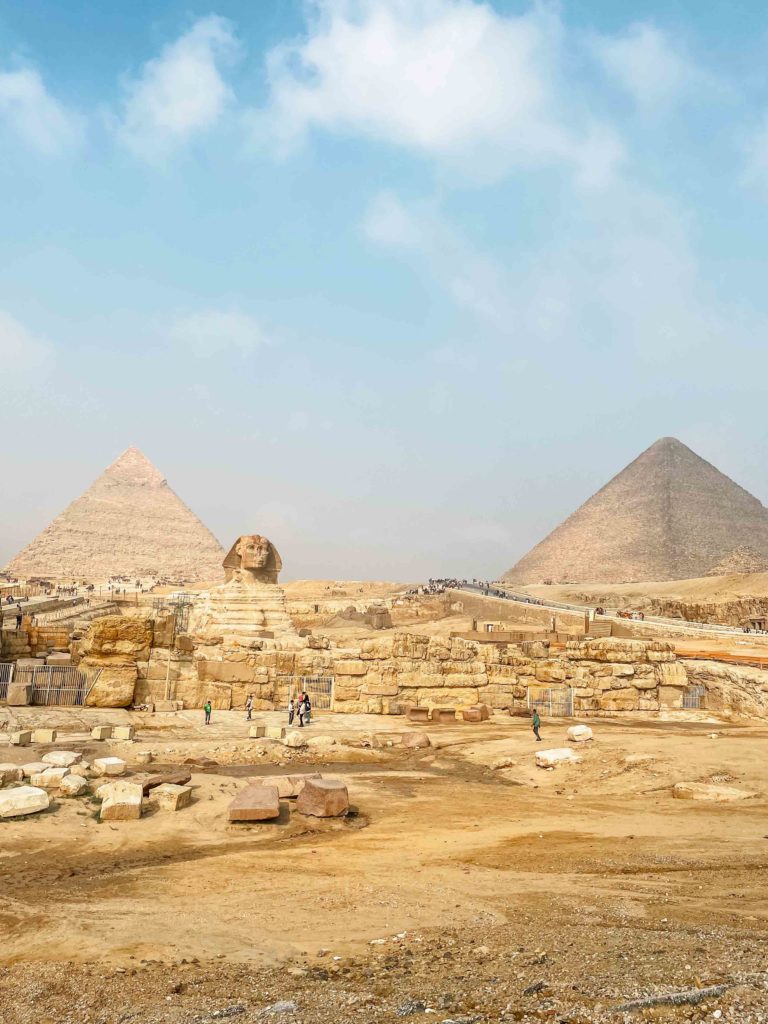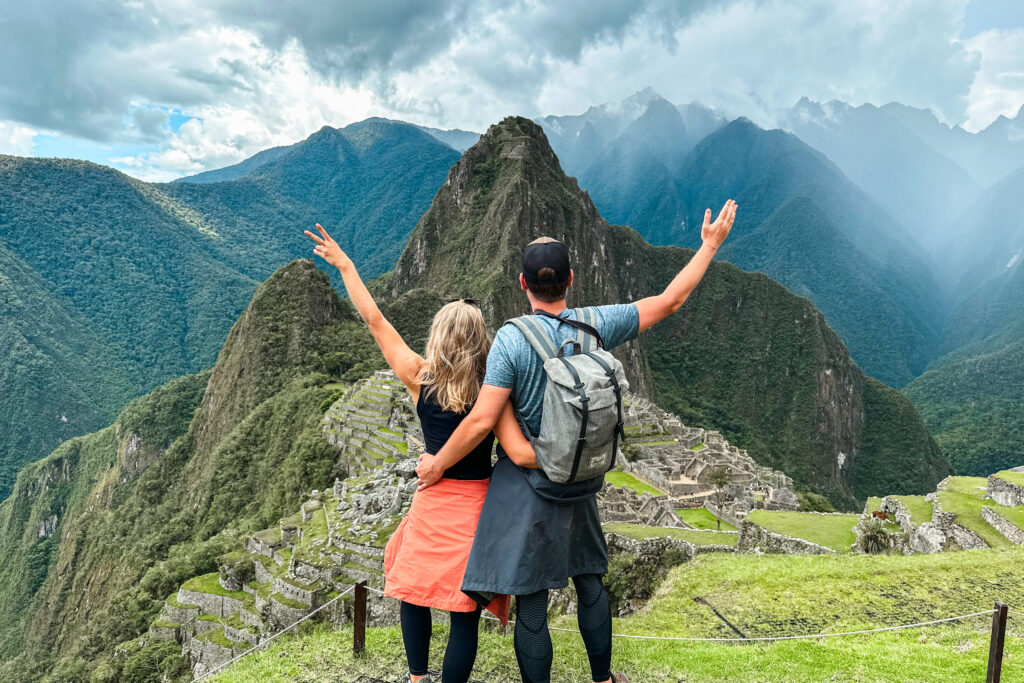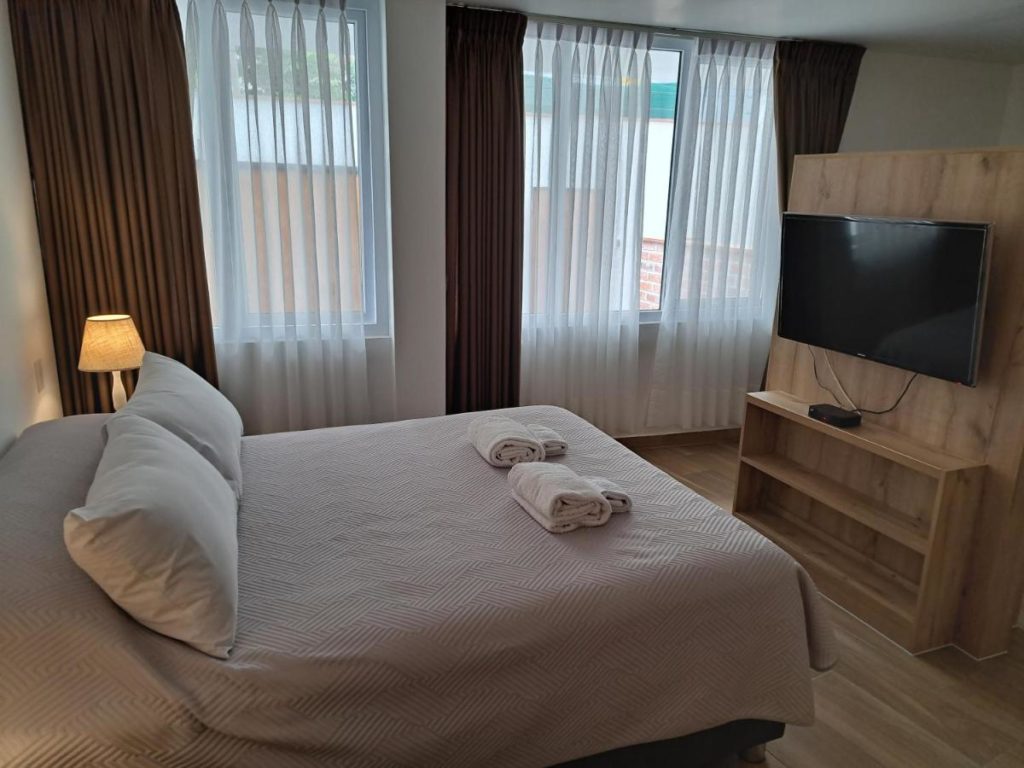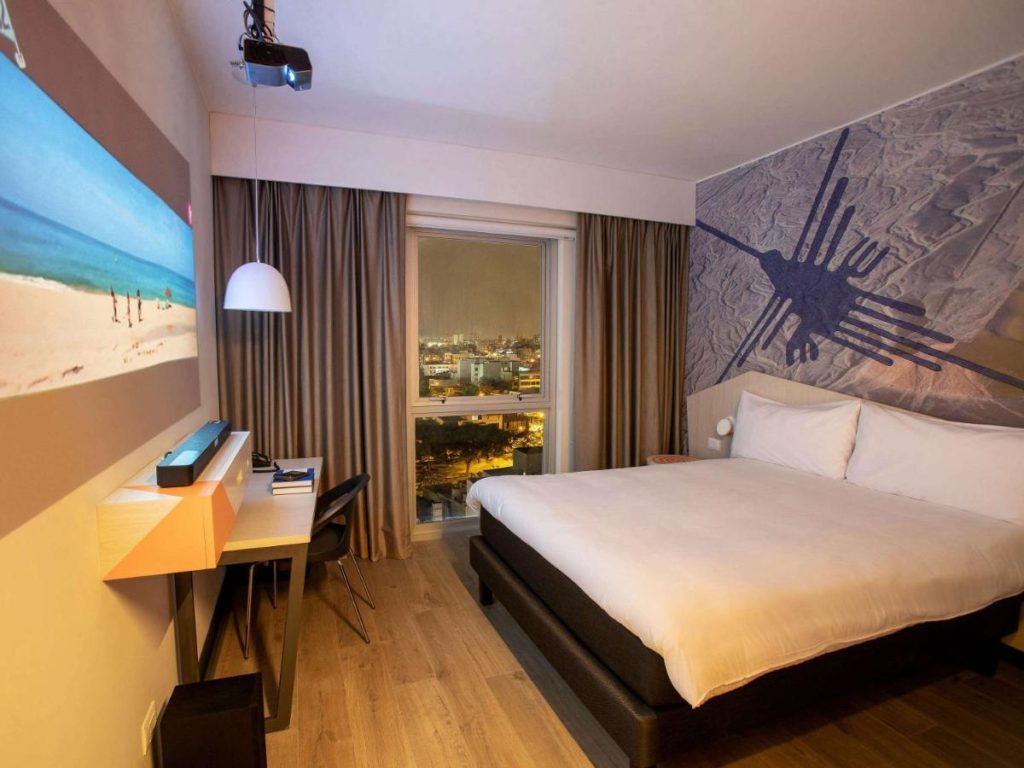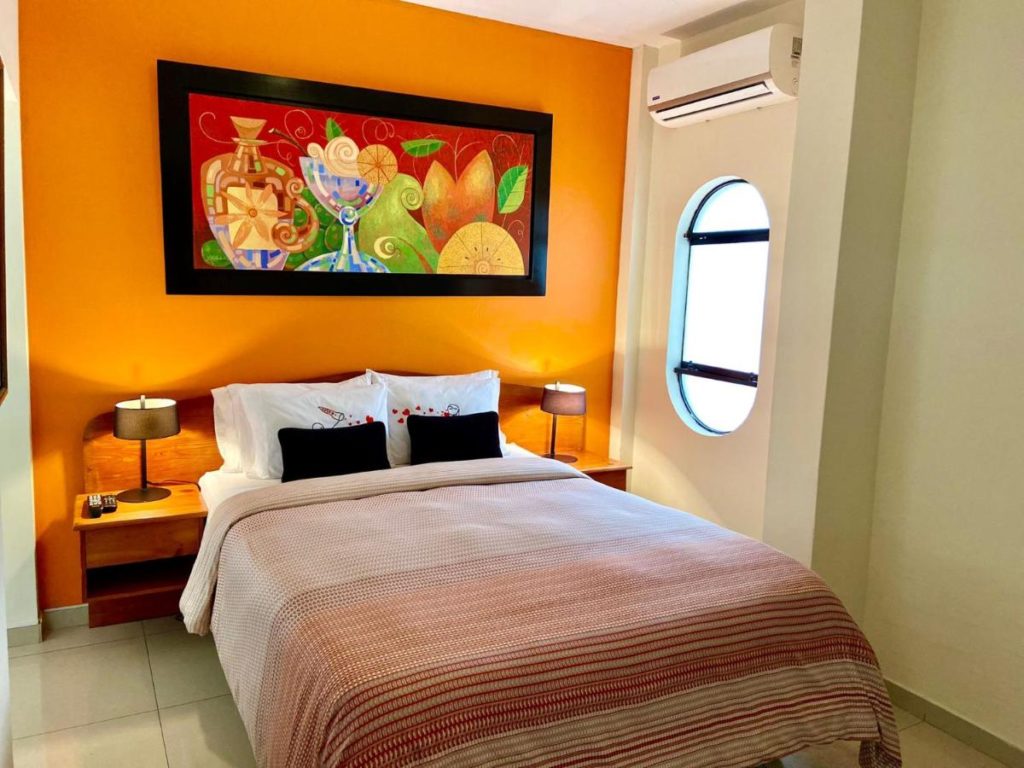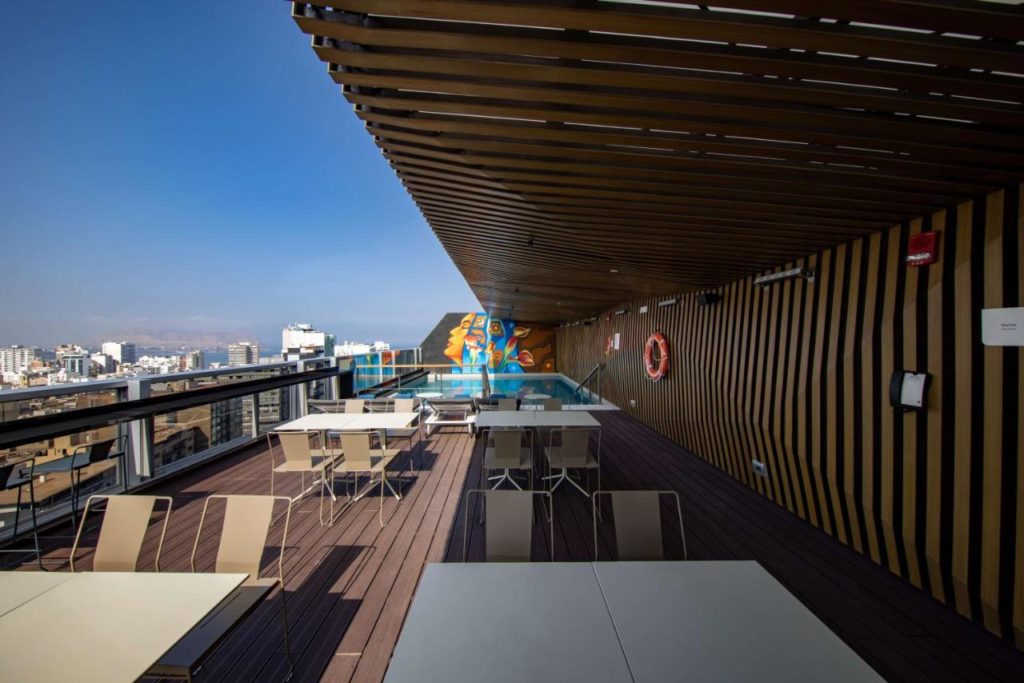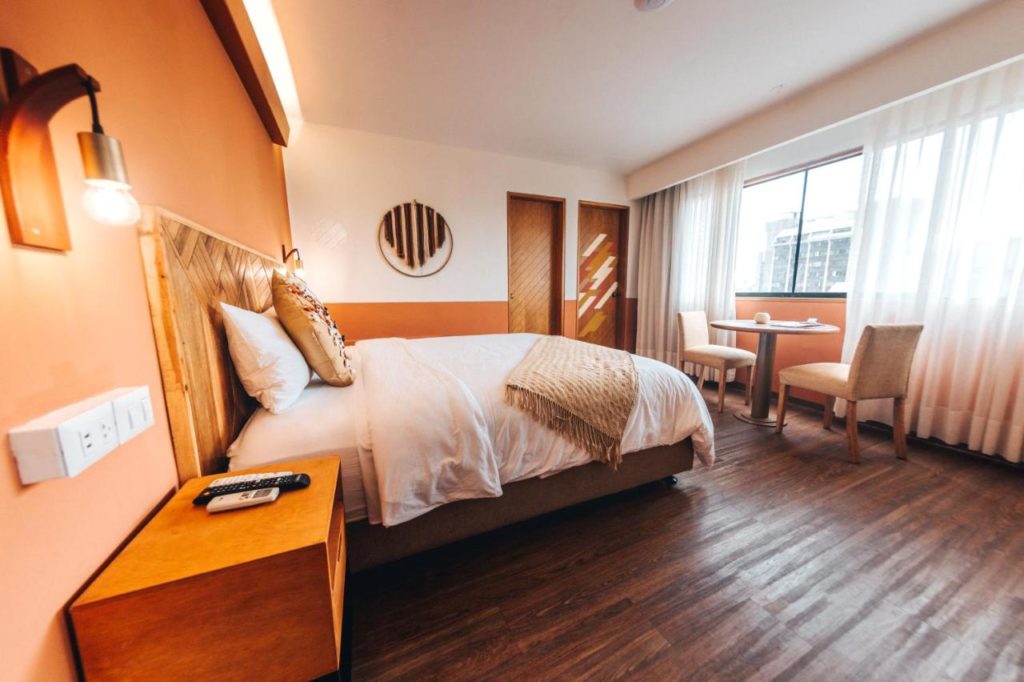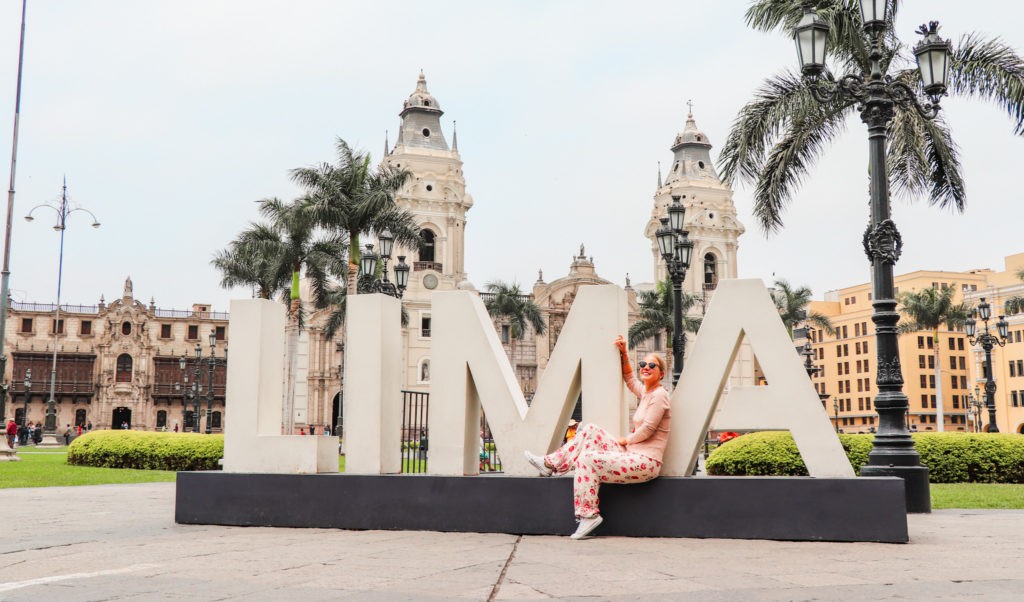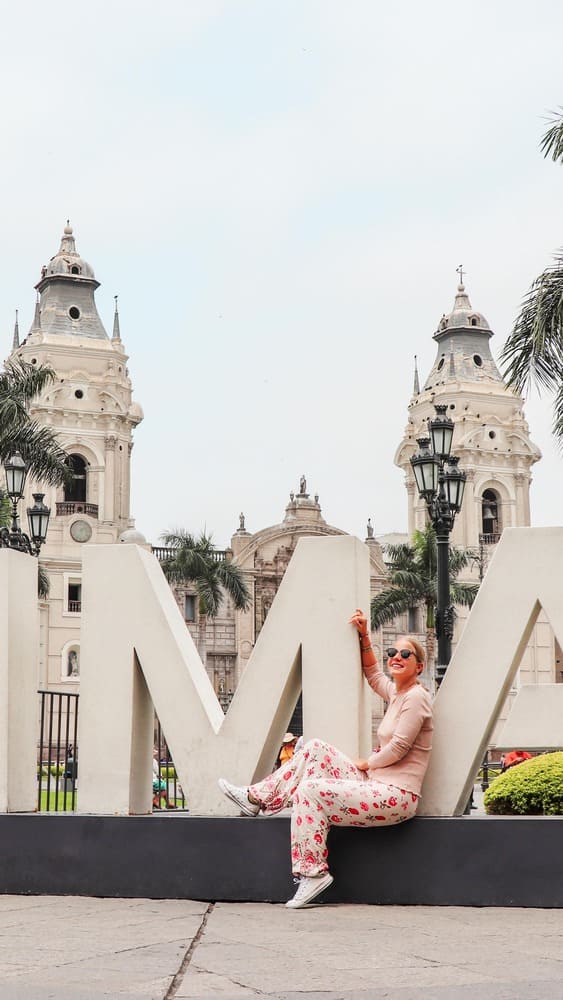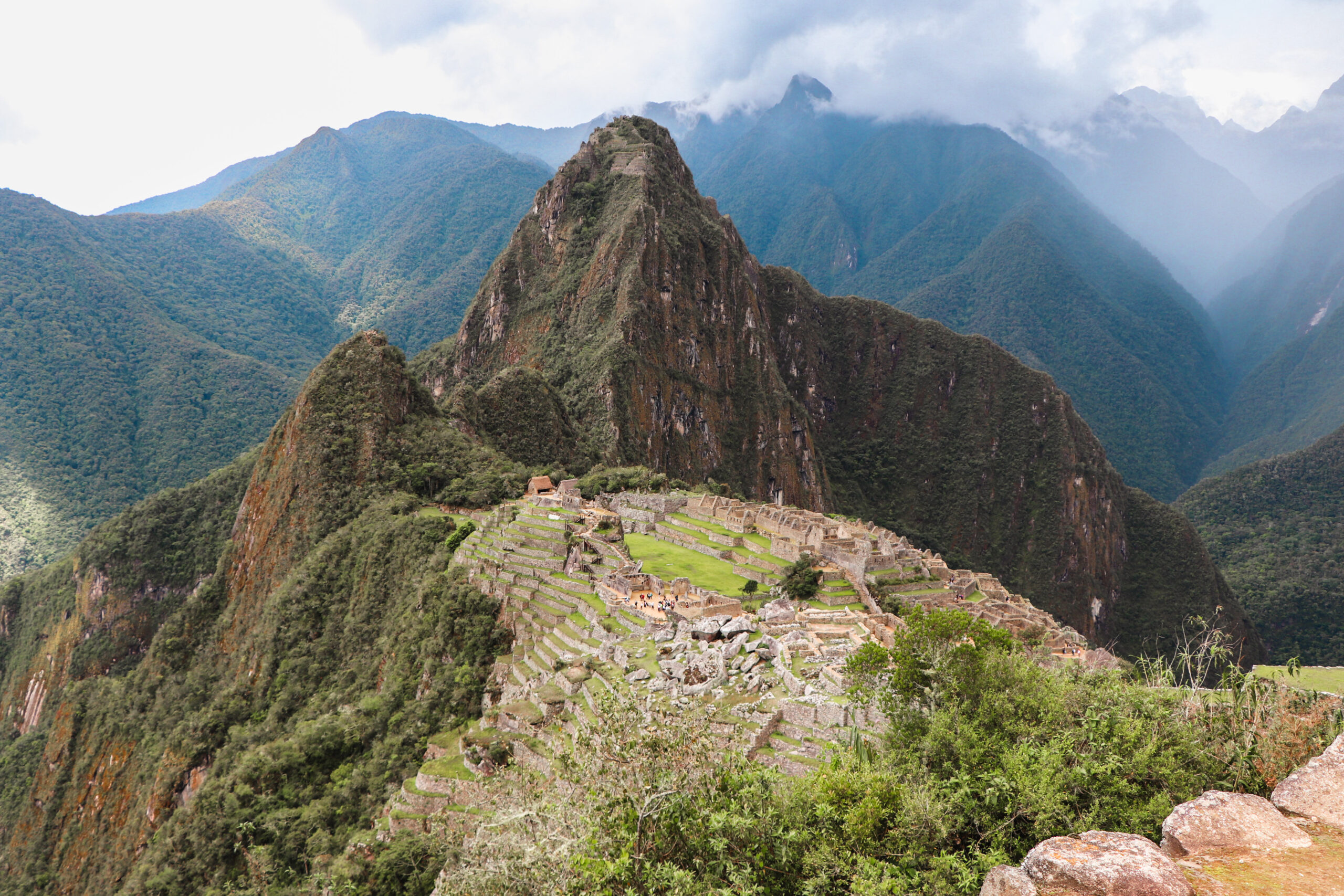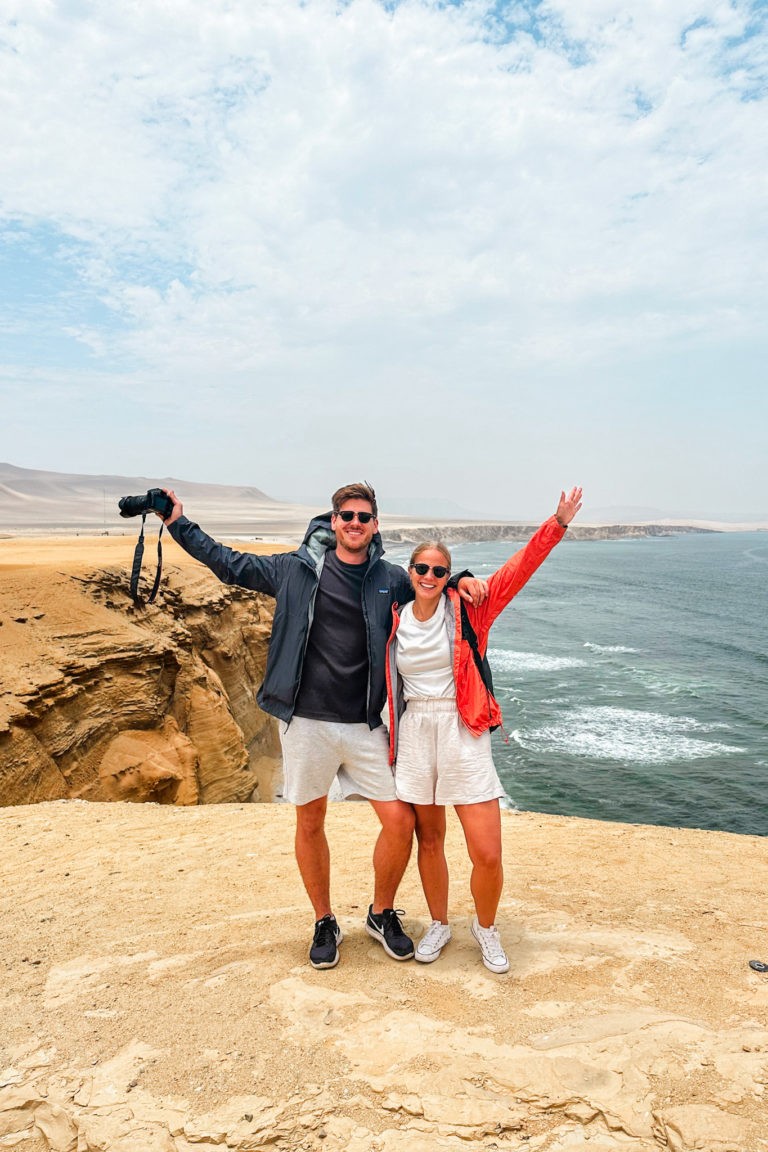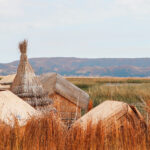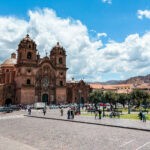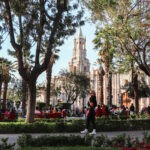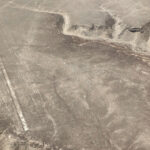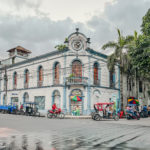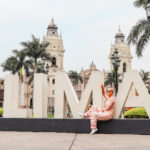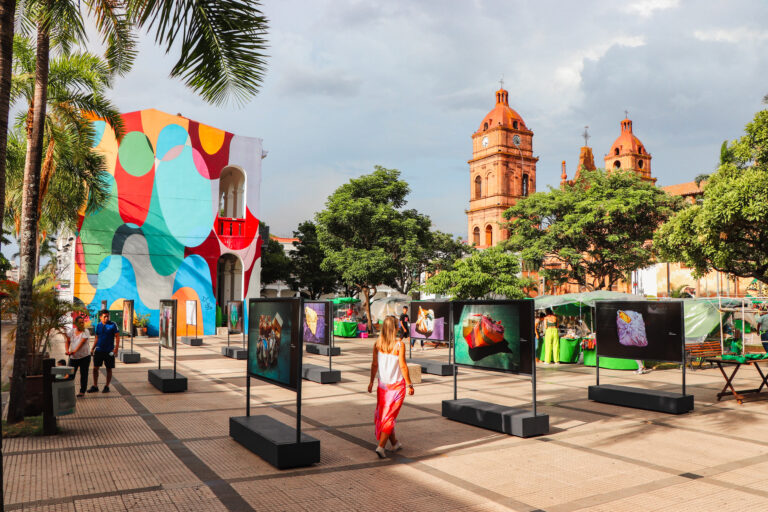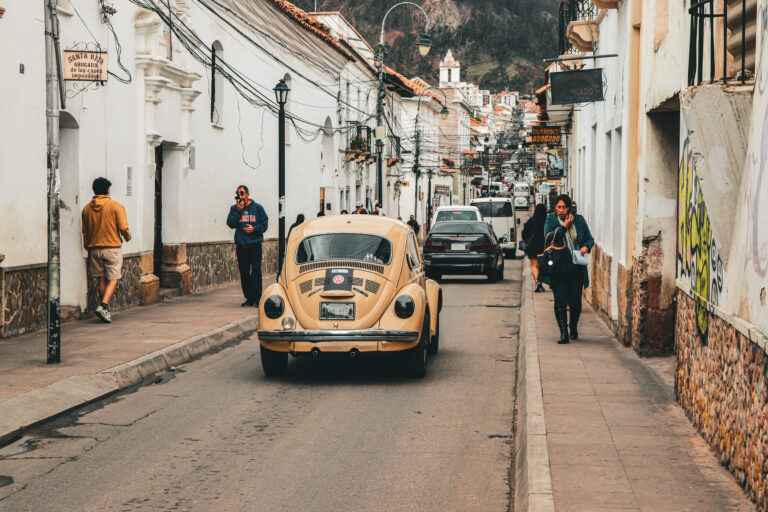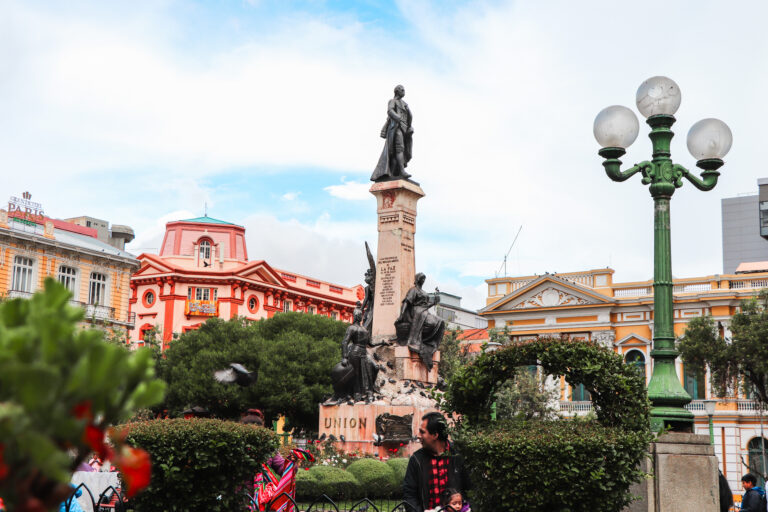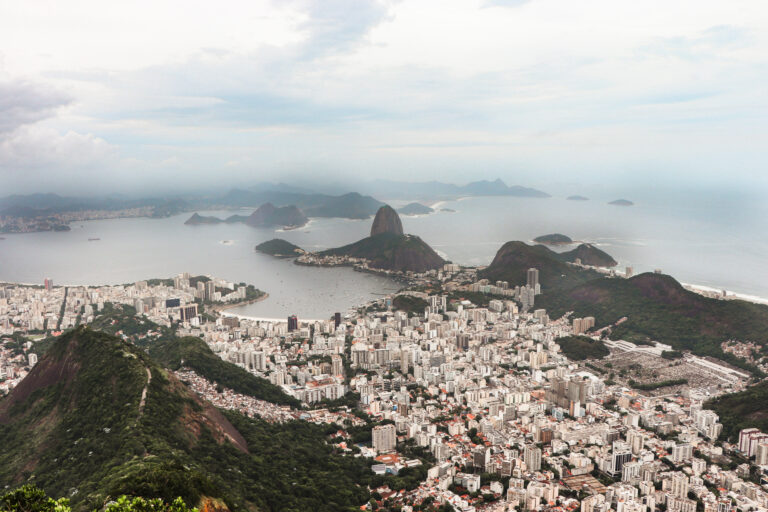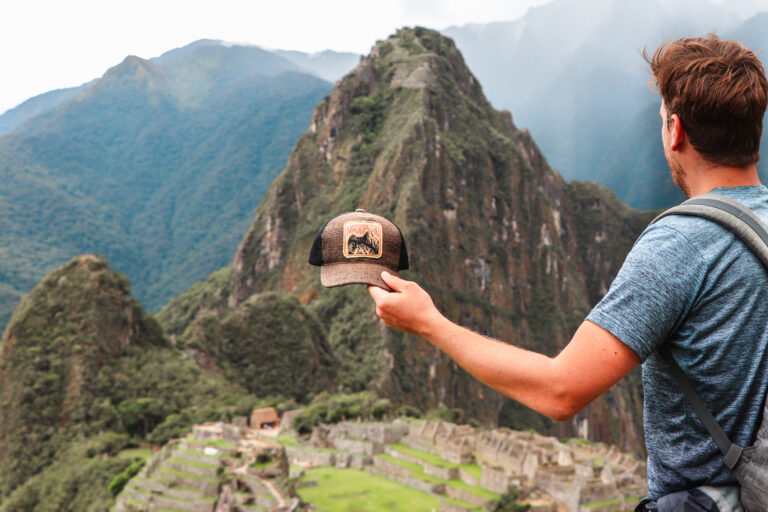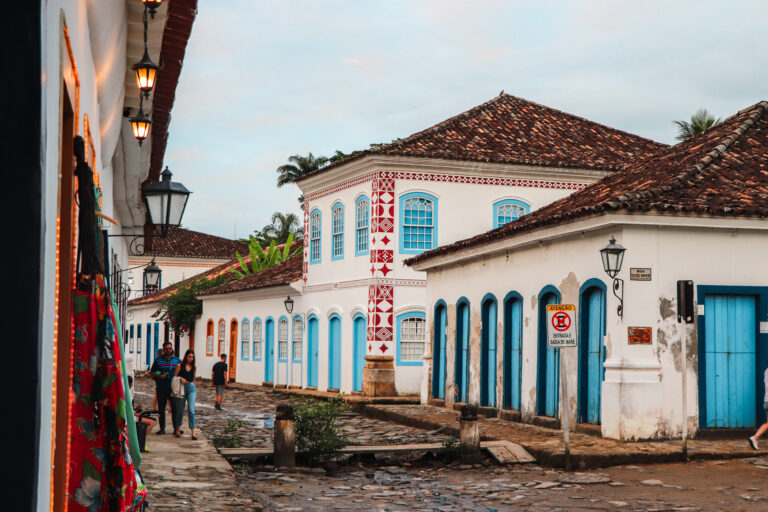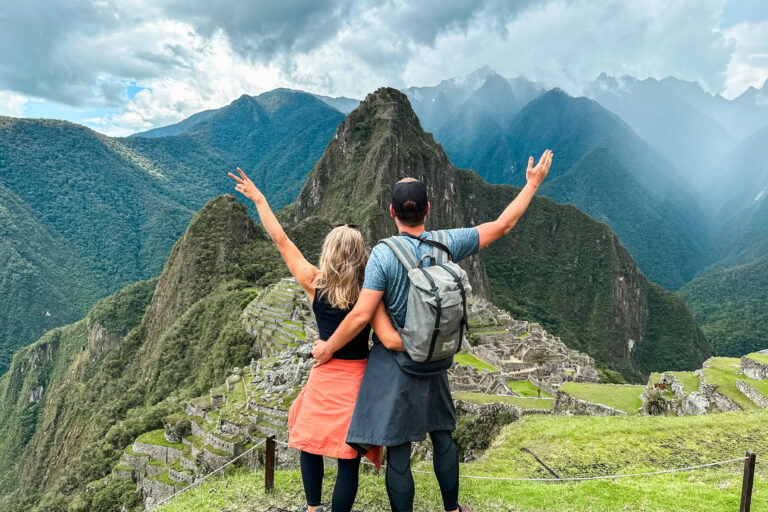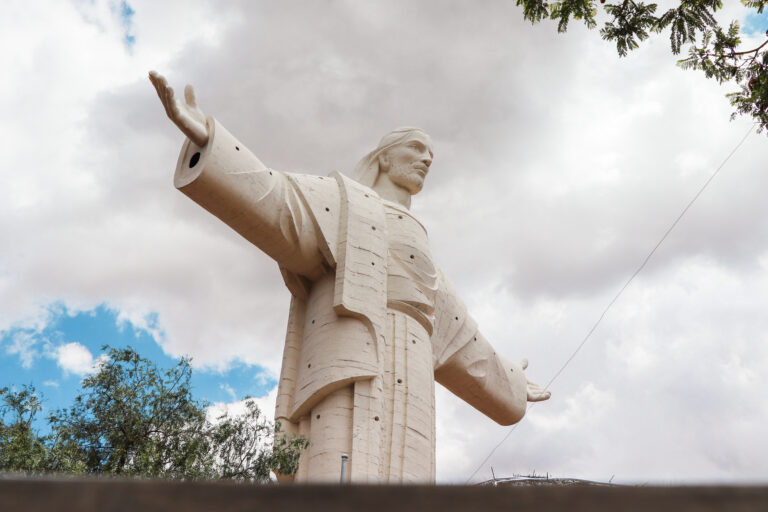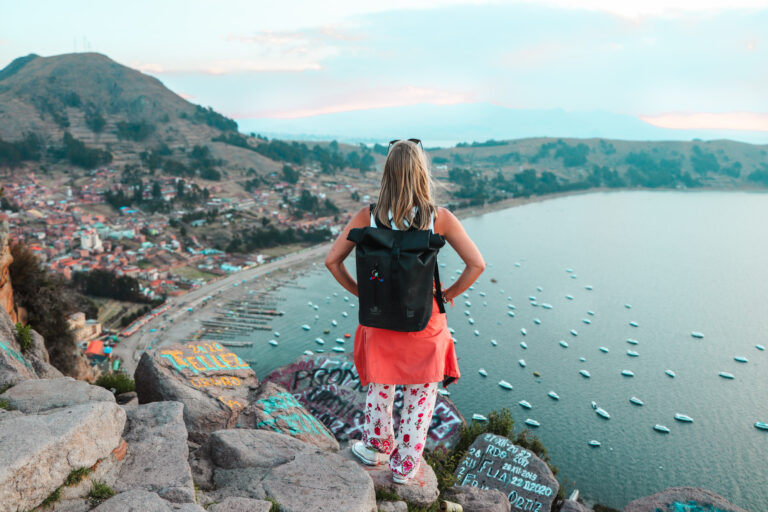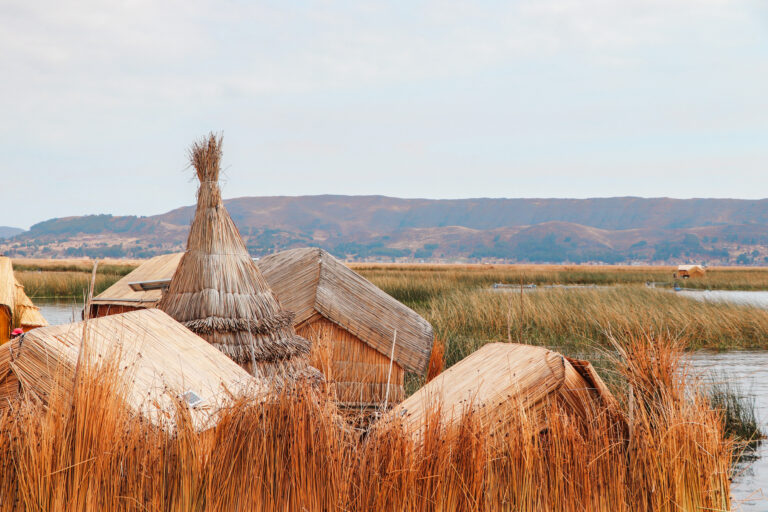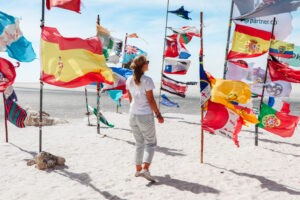Welcome to the sprawling city of Lima, the capital and largest city of Peru. Founded by Spanish conquistador Francisco Pizarro in 1535, Lima today is one of the oldest cities in the Americas. Built along scenic cliffs, famous for its culinary scene and yet often skipped by tourists.
We’ll show you the best things to do in Lima and why it’s a good reason to spend a couple of days in this amazing cultural hub. Explore the world’s best restaurants, stroll around the colonially touched city center, and enjoy the ocean breeze of the Pacific when walking along Peru’s coastline.
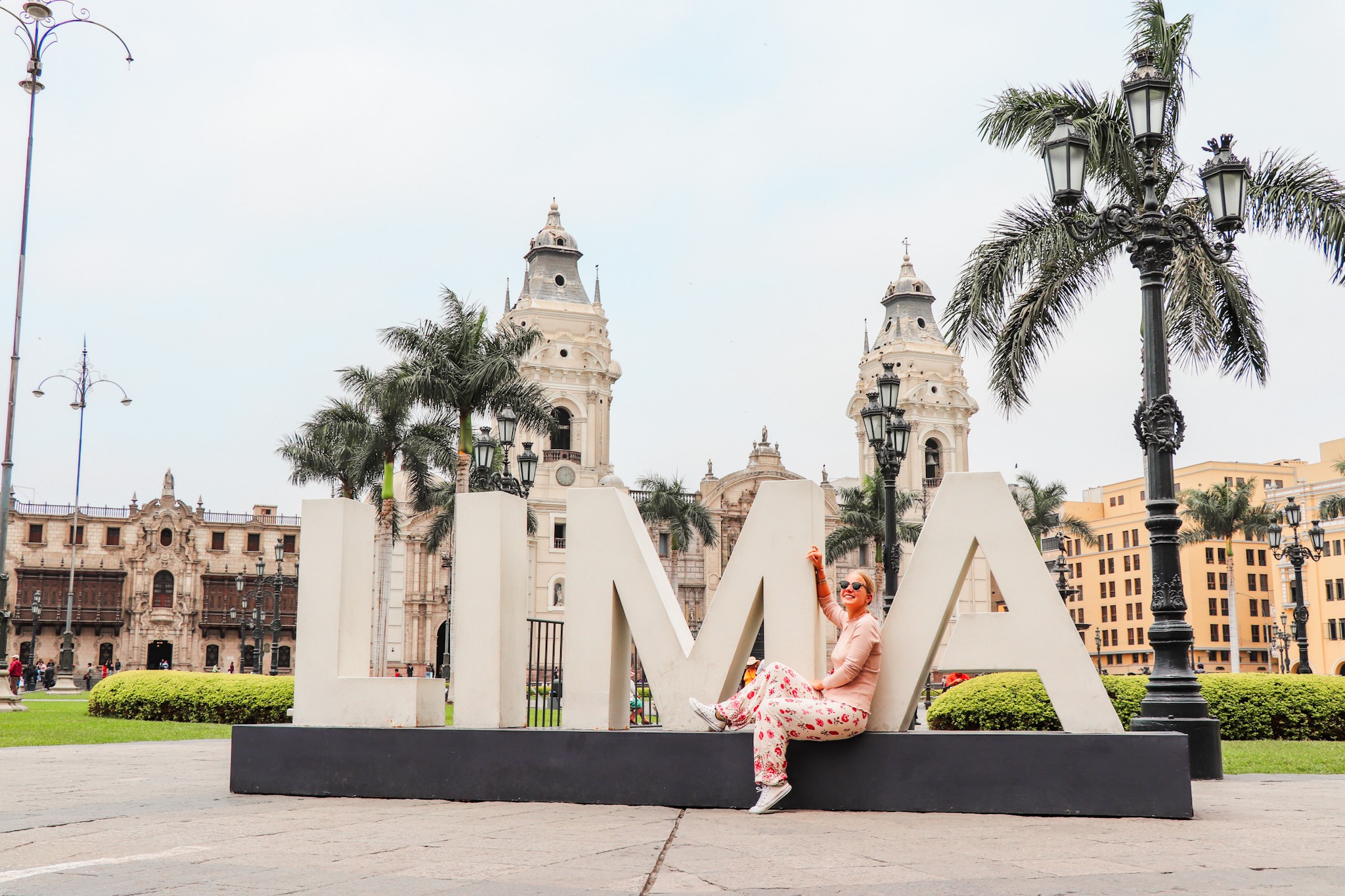
10 Best Things to Do in Lima
Lima is often referred to as the “City of the Kings” (in Spanish, “Ciudad de los Reyes”). In our opinion, Lima still lives up to its royal nickname due to its impressive Spanish colonial architecture, which is much more prevalent than in other South American cities such as Medellin, Bogota, or Cartagena.
We cannot agree with bloggers who say there are not many things to do in Lima. In fact, after 6 weeks of backpacking in Colombia, we found Lima to be one of the coolest big cities on our route. As we were also visiting Huaraz and Iquitos, we had to return to Lima several times and were never bored. So here are some of the coolest things to do in Lima.
1. Explore the Plaza Major de Lima
The Plaza Mayor de Lima, known as the “Plaza de Armas” or “Main Square,” was undeniably one of our favorite places in Lima. Surrounded by iconic colonial structures like the Government Palace, the Cathedral of Lima, and the Archbishop’s Palace, we found ourselves in awe.
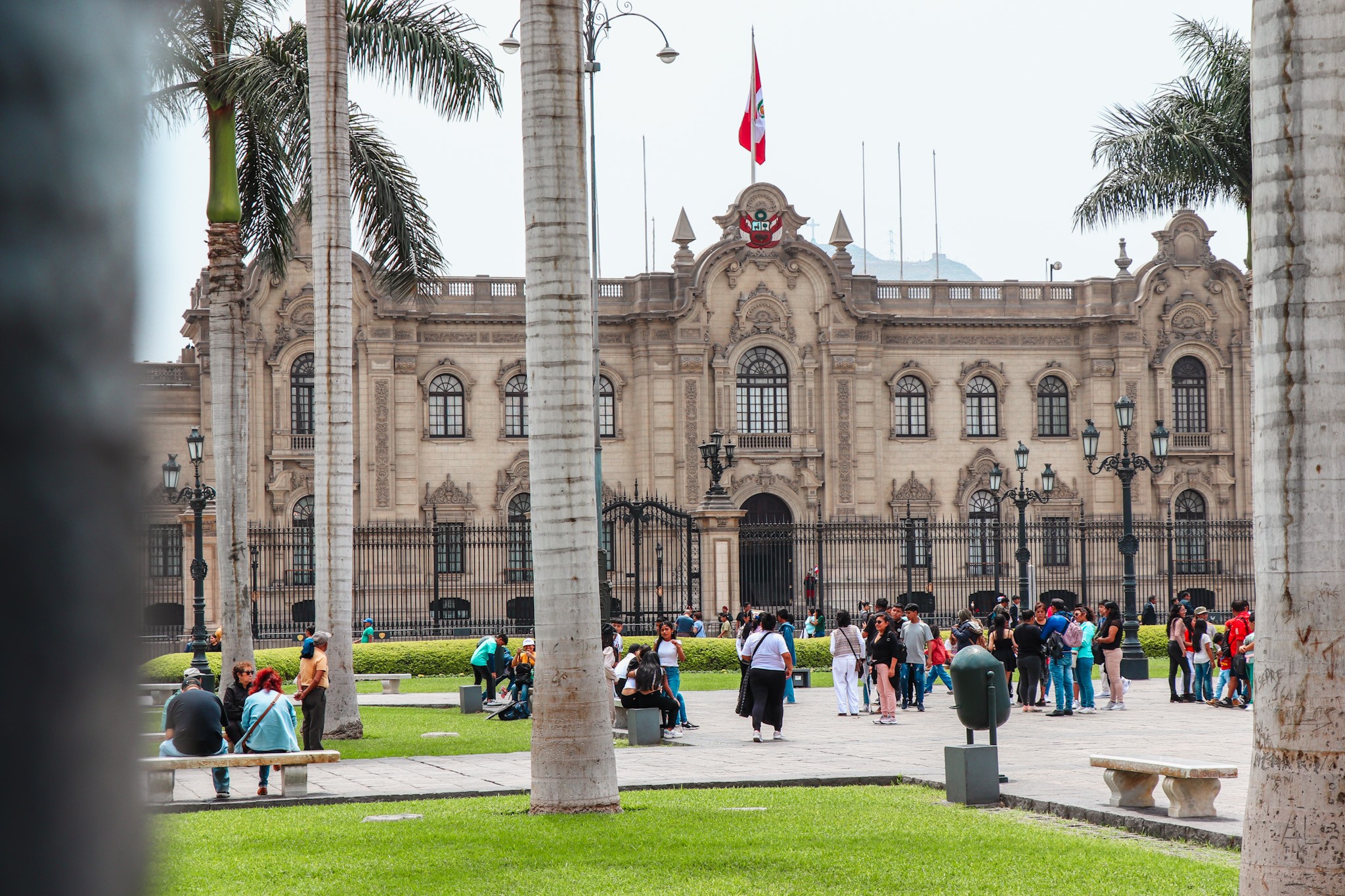
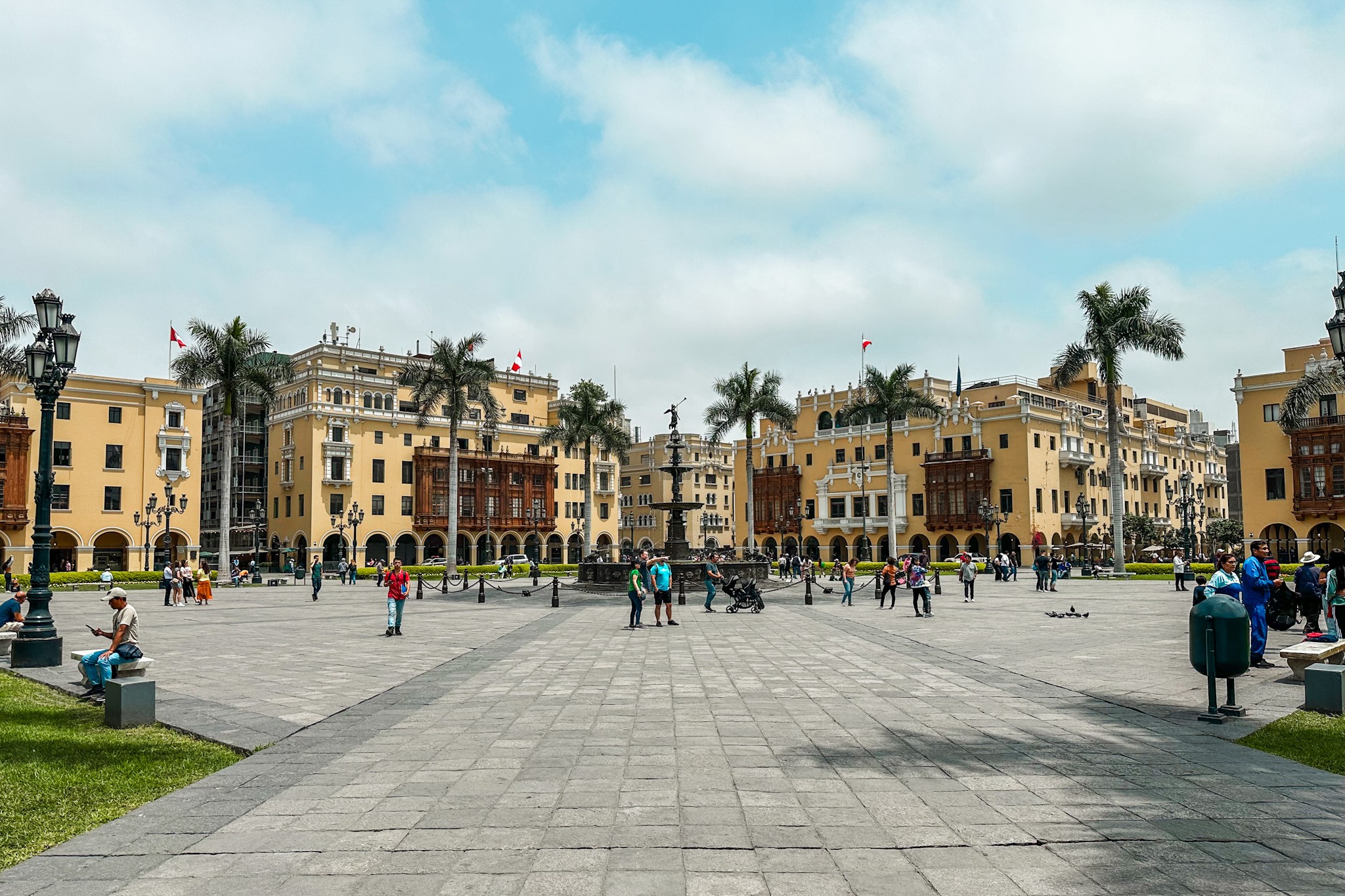
Not only is the Plaza Mayor adorned with stunning colonial architecture, but the entire historic center of Lima is full of such beauty. Roaming the streets, we were surrounded by centuries-old buildings, each with its unique charm. Exploring this historic area doesn’t cost a thing, making it a budget-friendly adventure.
For those eager to learn about the city’s history and culture, we found that joining a free walking tour was the perfect choice. Our guide shared stories of Lima’s past, foods to taste, and places to visit, making the experience both educational and enjoyable.
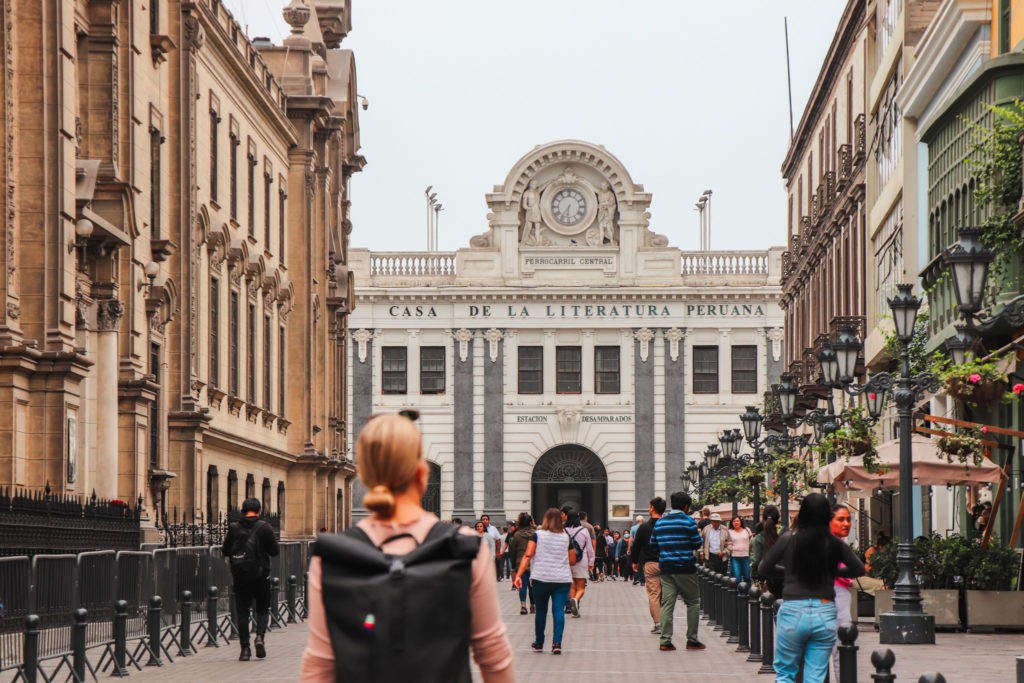
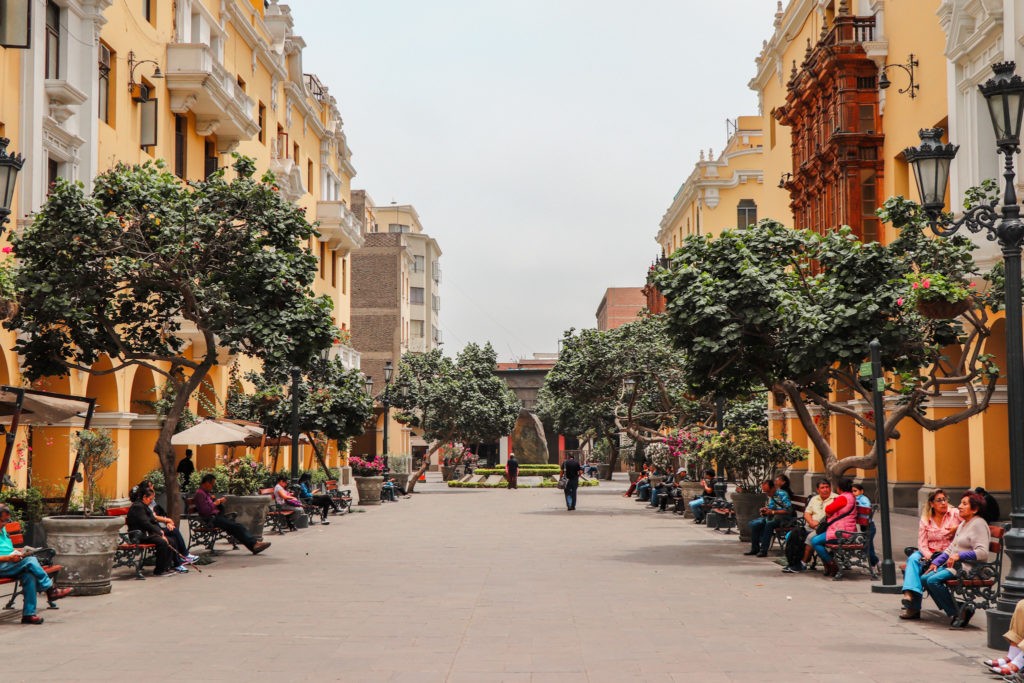
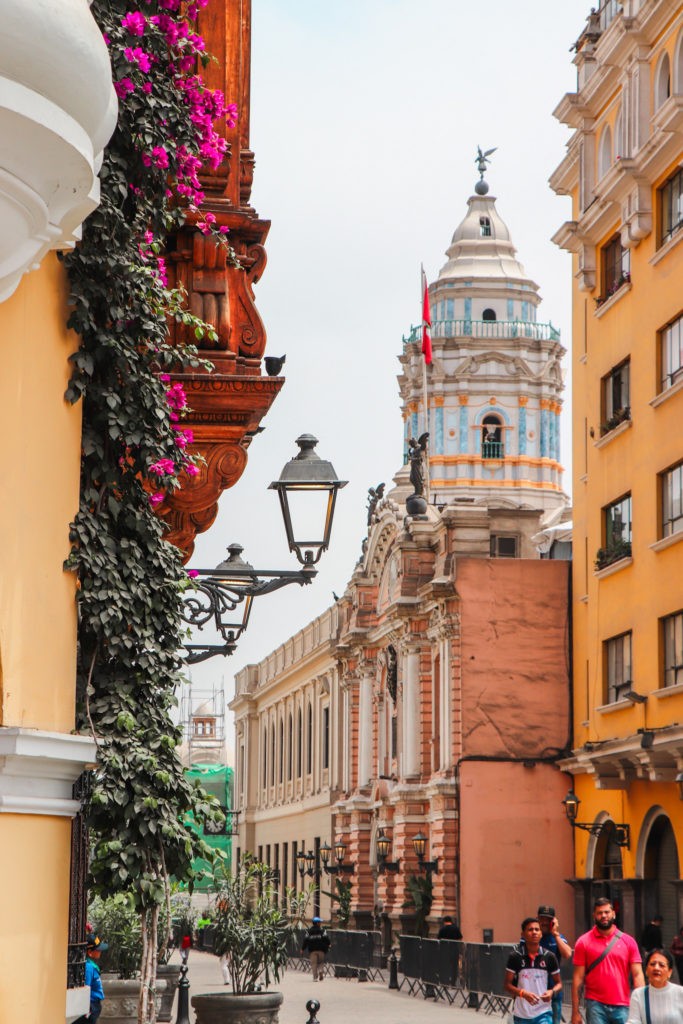
2. Visit Museo Convento San Francisco y Catacumbas
One of the most remarkable experiences during your stay will be walking beneath the bustling streets of Lima when visiting the Basilica and Catacumbas del Convento de San Francisco. These catacombs were originally created as burial chambers for the city’s inhabitants during the colonial era. As you explore this bit of spooky labyrinth, you’ll be struck by the countless skulls and bones that are arranged meticulously. Unfortunately, photography is not permitted in this remarkable underground world, that’s why we have any photos to show you. But trust us, the visit is worth it.
The entrance fee is 20 PEN (≈ 5 USD), which includes a guided tour both in English and in Spanish, providing valuable insights into the catacombs’ history and the intriguing stories they hold.
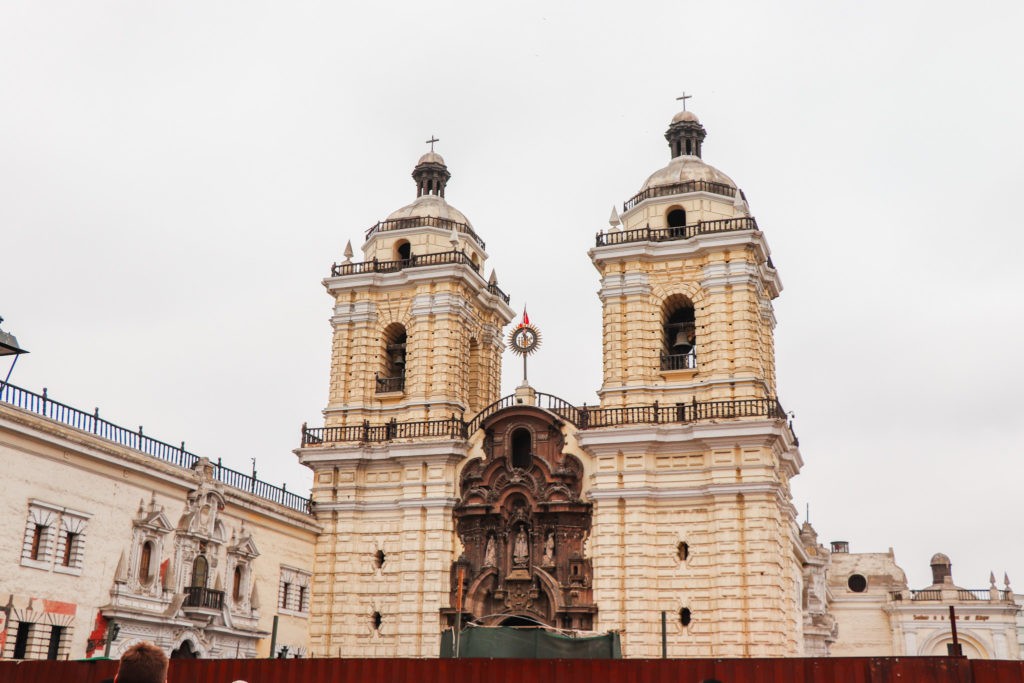
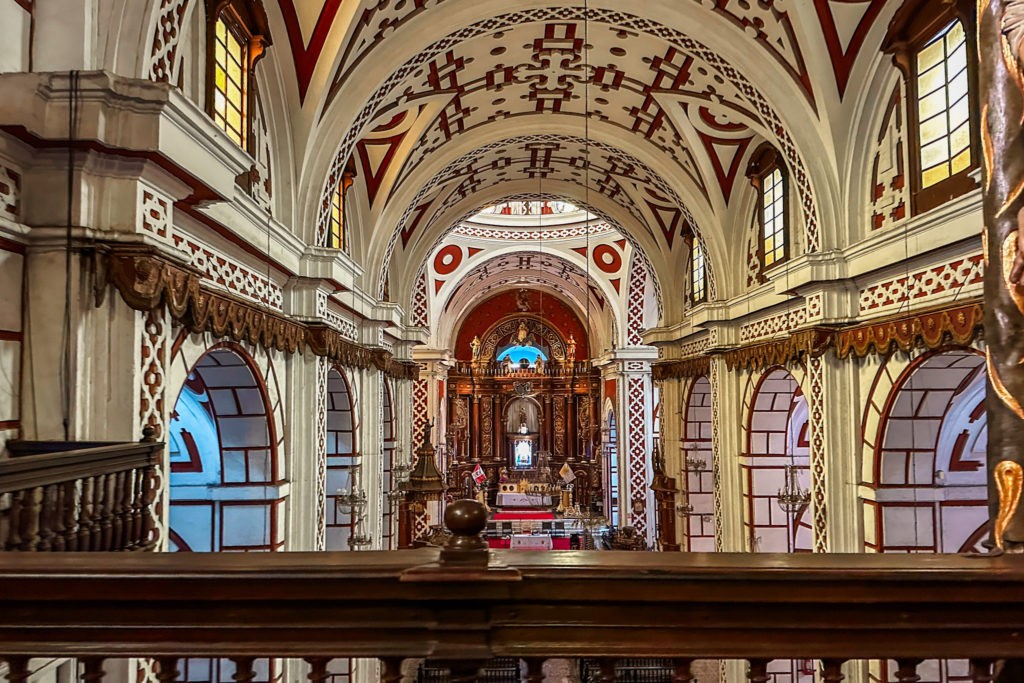
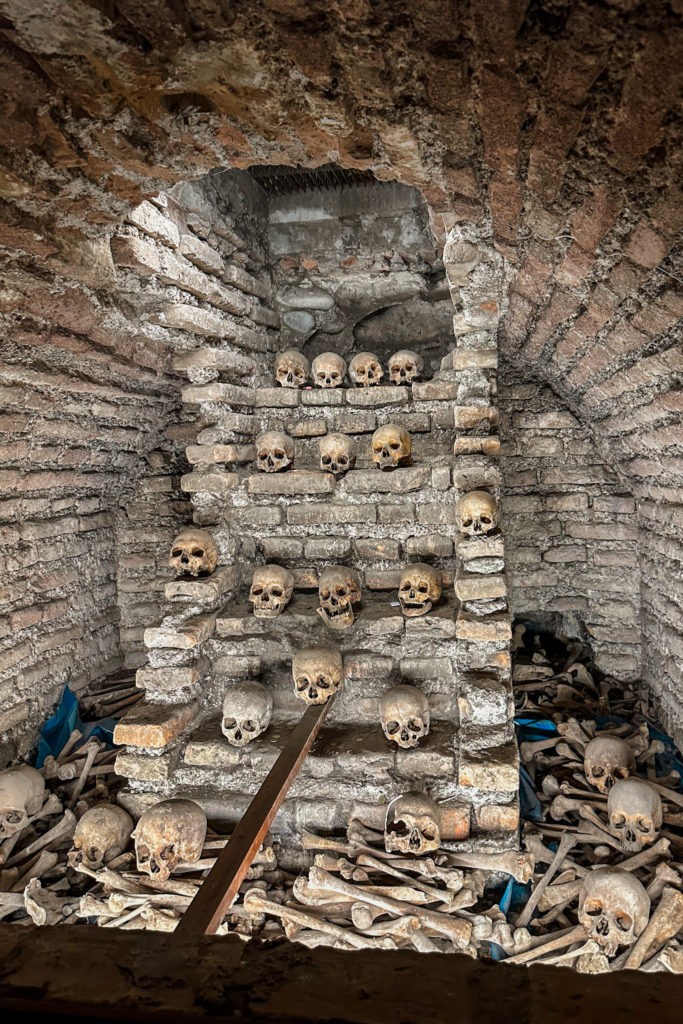
3. Eat Cheviche in Miraflores
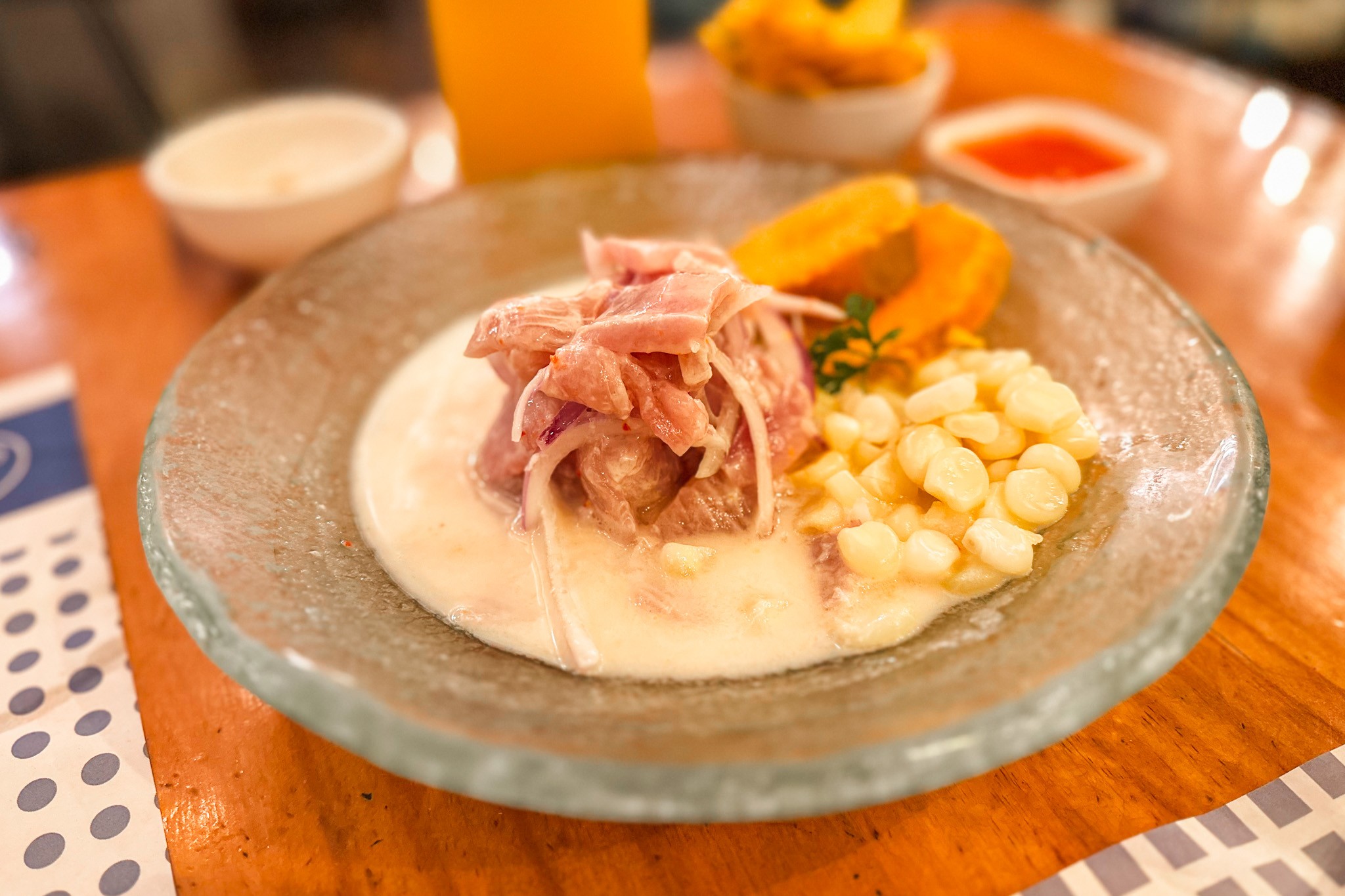
4. Visit Barranco Neighbourhood
Barranco is like the artsy, bohemian heart of the city. Strolling through its colorful streets, you’ll find tons of street art, vendors selling souvenirs, and cozy cafes at every corner. It’s a place where creativity flows like a river, and you’re invited to dive in. In the area, the Bridge of Sighs is a must-see.
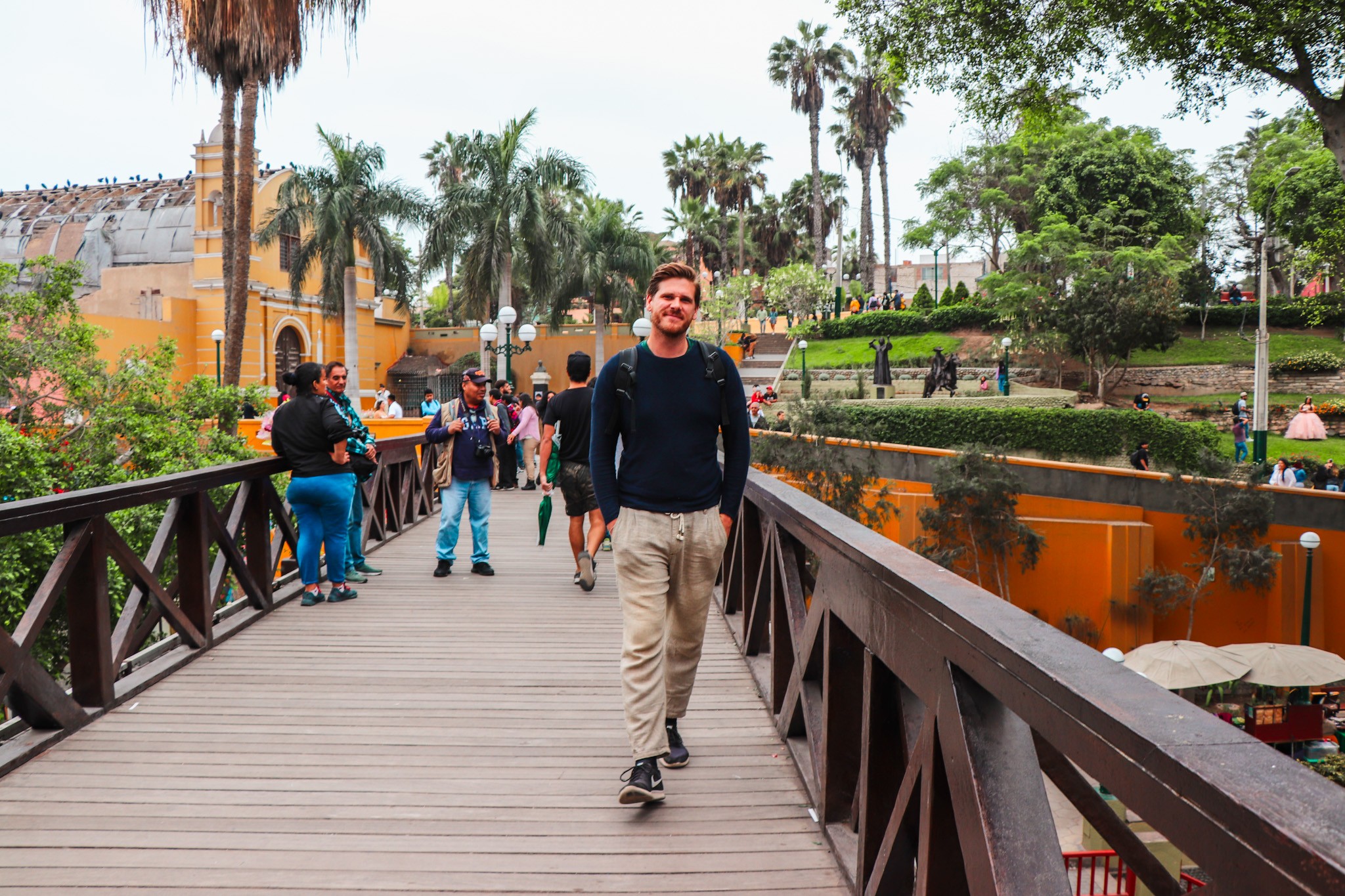
Barranco offers a refreshing break from the hustle of modern life. It’s a neighborhood where time slows down, inviting you to savor life’s simple pleasures. To get Barranco, simply order an Uber from your accommodation.
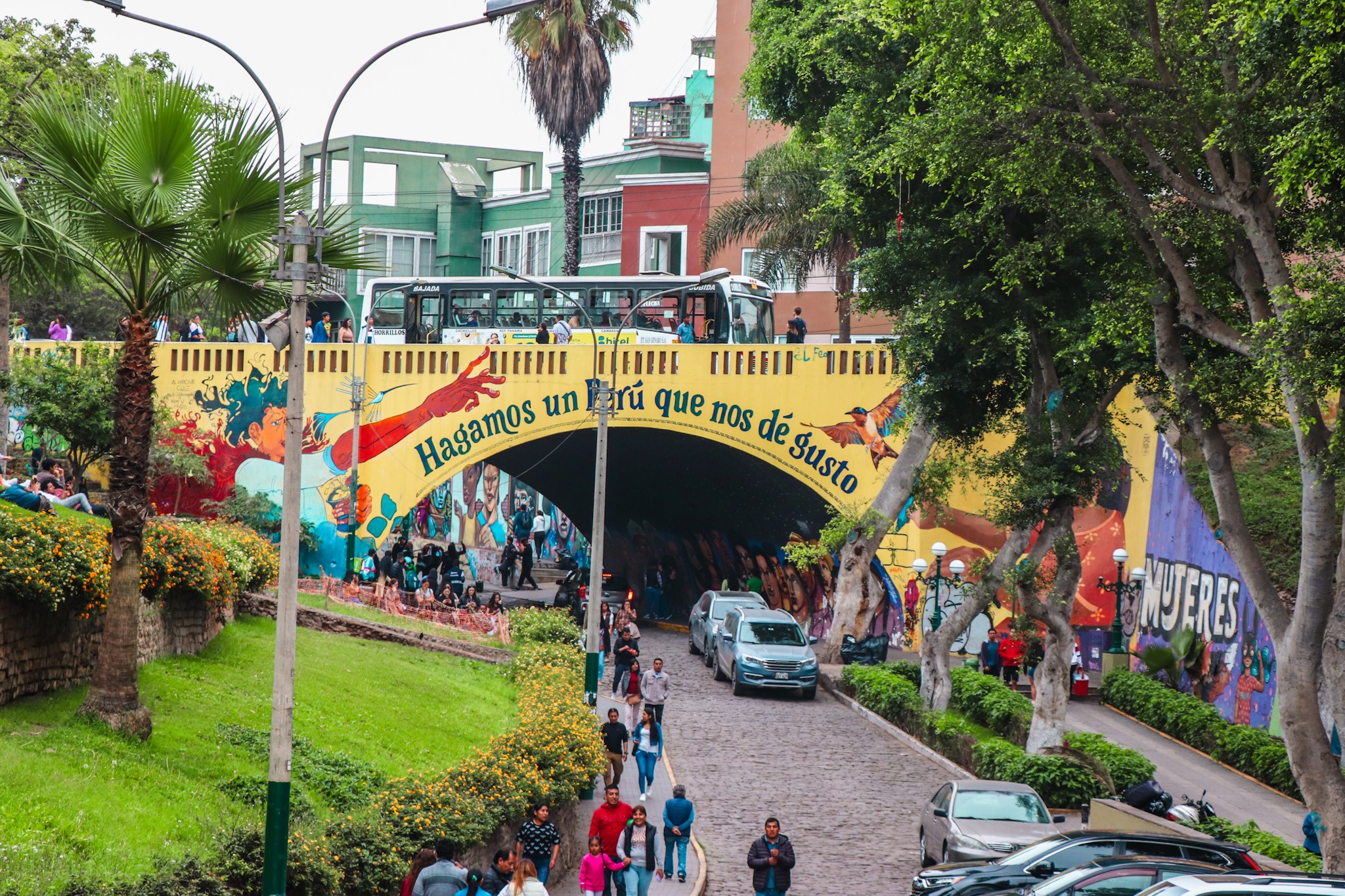
5. Explore Lima's Coastline
Take a nice walk along Lima’s coastline, starting at Love Park (Parque del Armor) with its famous “El Beso” sculpture. You can watch surfers catching waves and paragliders in the sky. Keep going along the coast to the Marine Lighthouse and Miraflores Chinese Park. If you’ve got energy left, climb up to Costa Verde for some incredible views and photos.
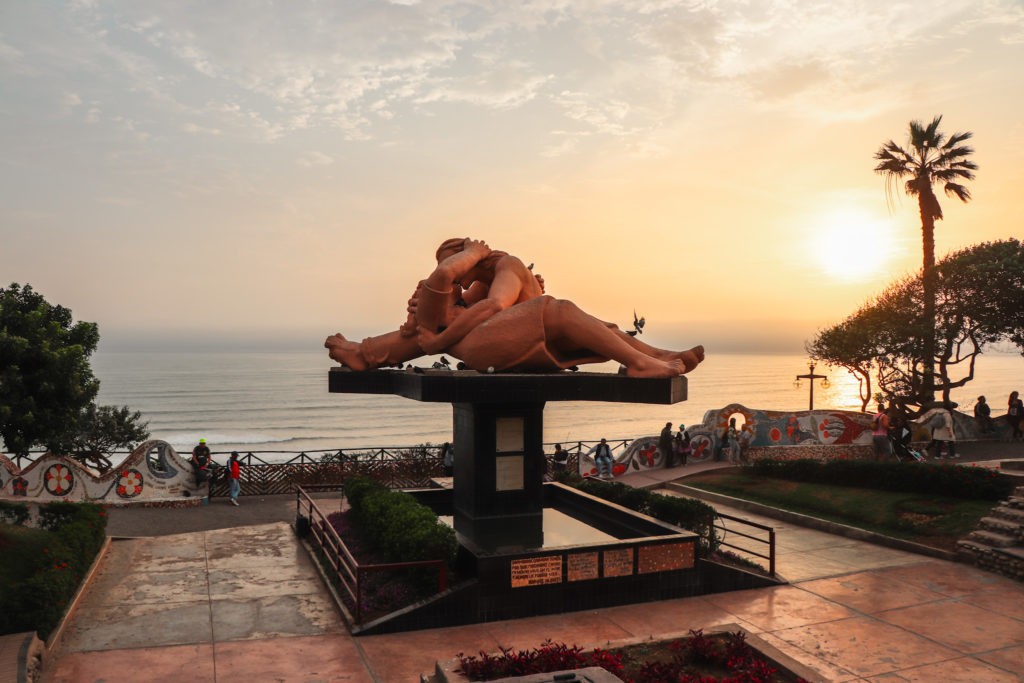
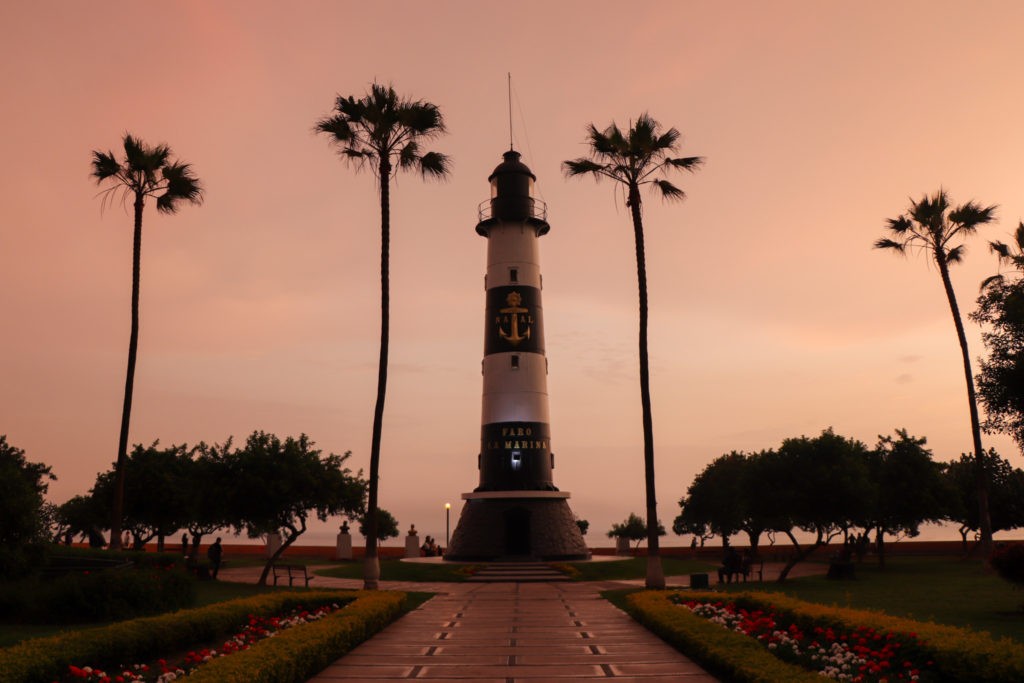
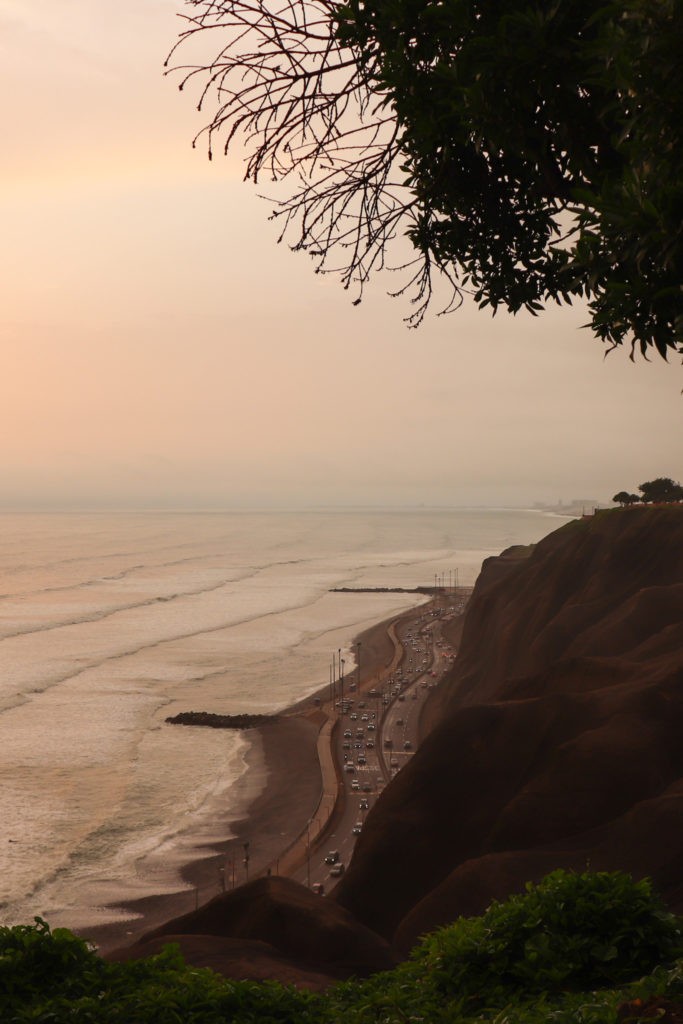
6. Discover the ruins of Huaca Pucllana
Huaca Pucllana is a pre-Inca pyramid that dates back to around 500 A.D. Unlike the Egyptian pyramids, Huaca Pucllana is located directly in Lima and surrounded by many city buildings. The pyramid is made up of millions of adobe bricks placed meticulously on top of each other creating terraces with a great view over the city. Until today, the exact historical purpose of the pyramid is researched and highly debated. Most people believe that Huaca Pucllana was once a ceremonial and administrative center.
While the scale of the pyramid is way smaller than the iconic Egyptian pyramids, it still reminded us of our trip to Cairo. We were thinking about the efforts that went into building such a landmark. And also how cultures came to build pyramids, even though they were totally different continents far away. It must’ve been crazy.
Relevant Reading
Entry to Huaca Pucllana costs only 5 PEN (≈ 1 USD) per person, and guided tours (40-45 min) in both English and Spanish are included in the ticket price. The guided tours provide in-depth explanations, making it a worthwhile visit.
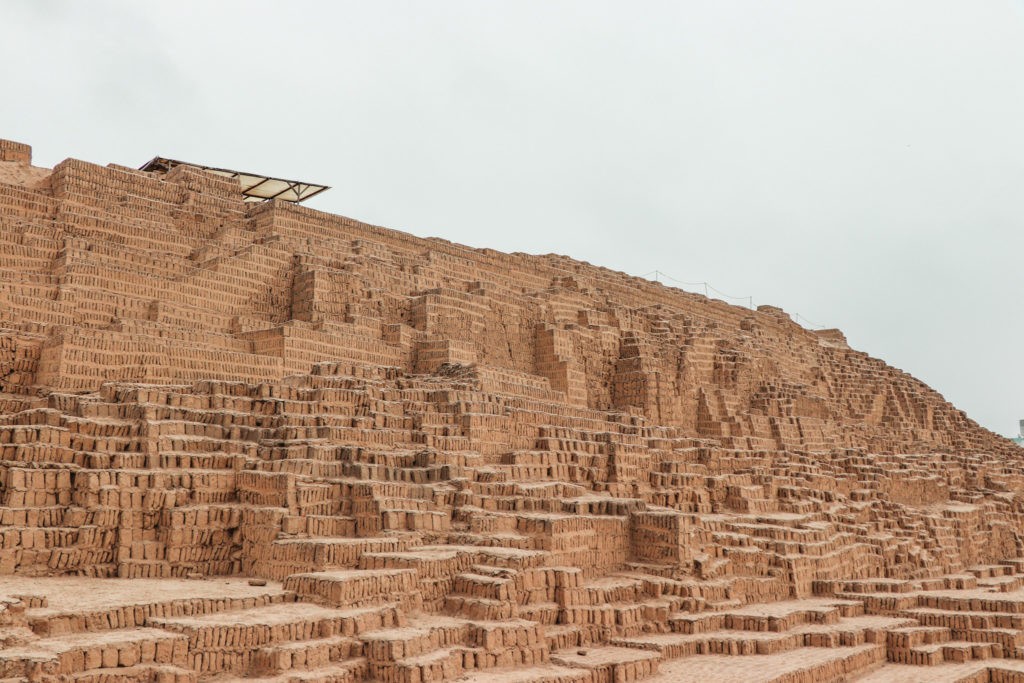
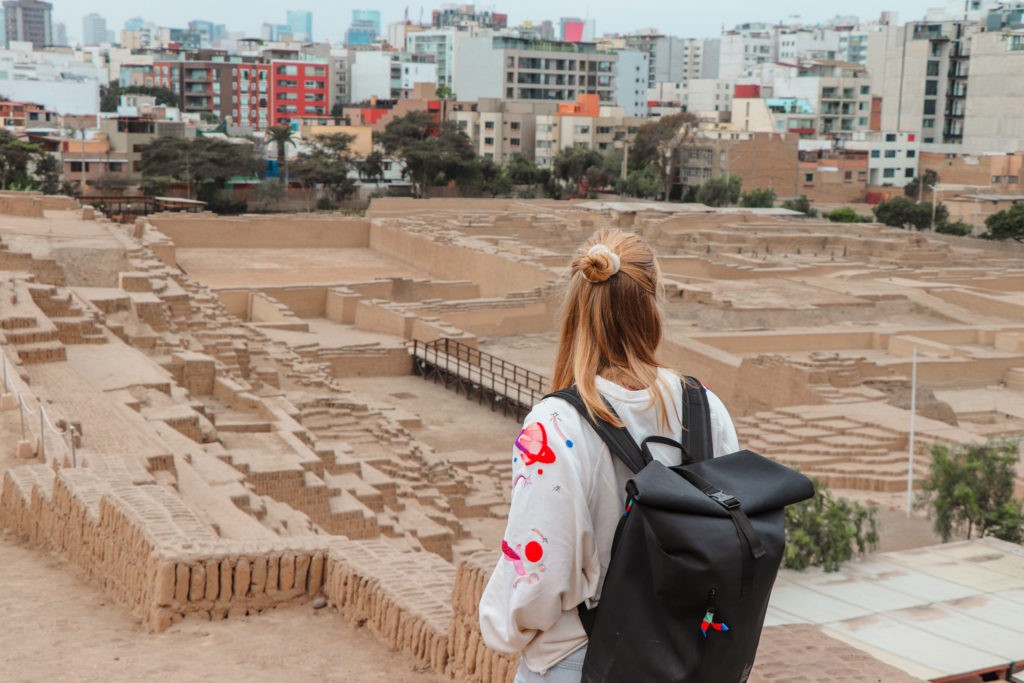
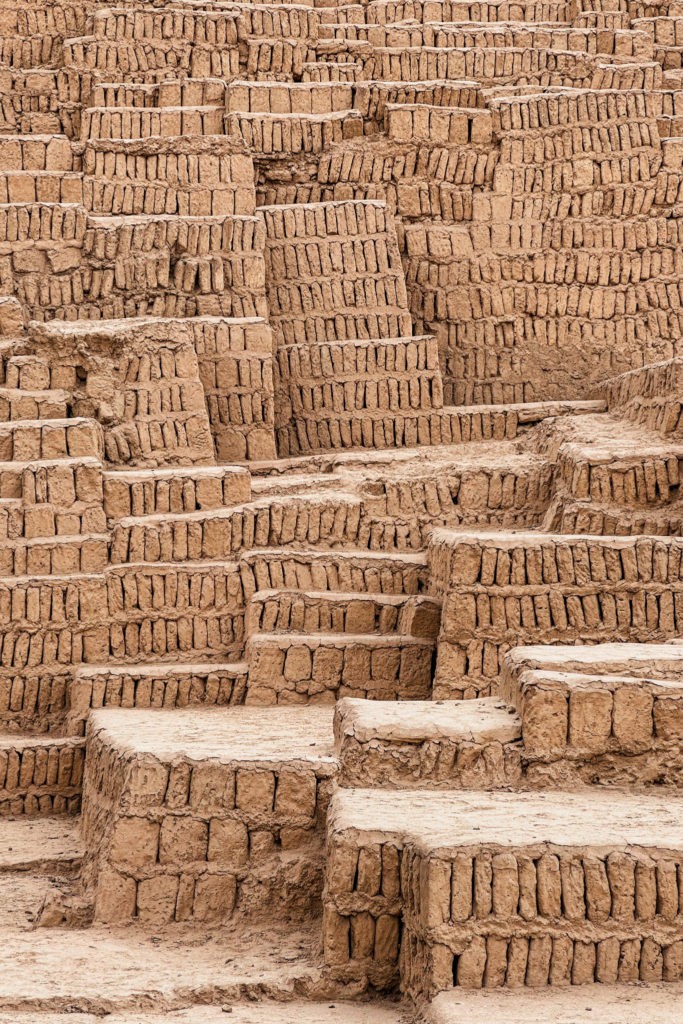
7. Say hello to Chinatown
It is not what we expected, but yes, Lima has its own Chinatown. In fact, Peru is highly influenced by the Chinese culture. In former days, Chinese laborers (‘coolies’) were brought to the country to work in industries such as guano extraction, sugar plantations, and railroads.
Over time, the Chinese community grew through family reunification and established businesses, including restaurants and grocery stores. Today, the Chinese community in Lima remains a significant and dynamic part of the city’s cultural fabric, contributing to various aspects of Peruvian society, including cuisine, commerce, and cultural celebrations.
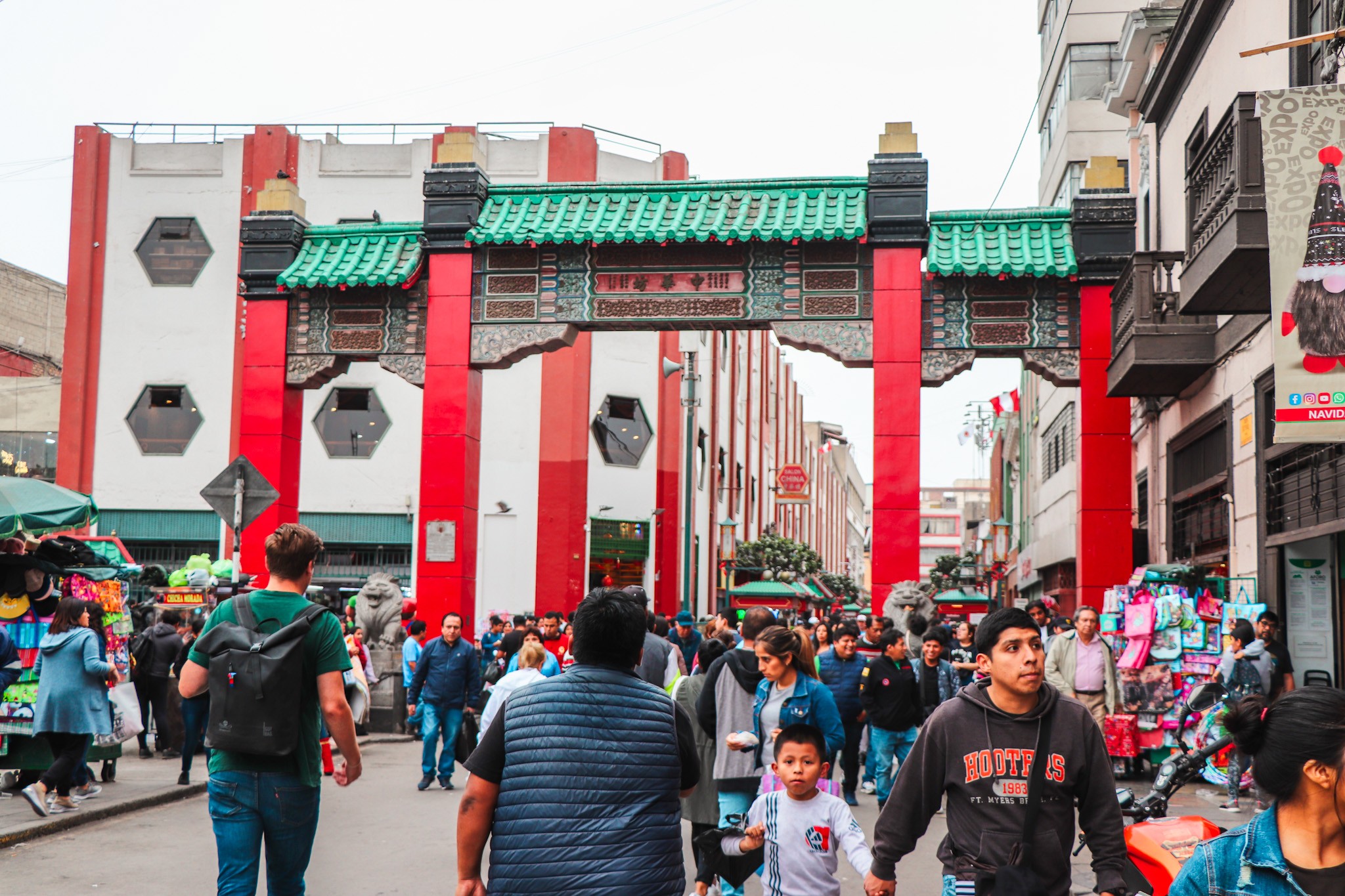
Chinatown is loud and overcrowded, but because of that, it’s absolutely fascinating. Enter Chinatown via the famous Arche, the Arco Chino de Lima. Squeeze yourself through the bustling streets to one of the many eateries to enjoy some delicious ‘Chifa’. Chifa is a mix of stir-fried meats and vegetables served with rice and noodles. It’s special for Peru as it blends Chinese and Peruvian culinary traditions. The most popular Chifa dishes are Lomo Saltado and Chaufa.
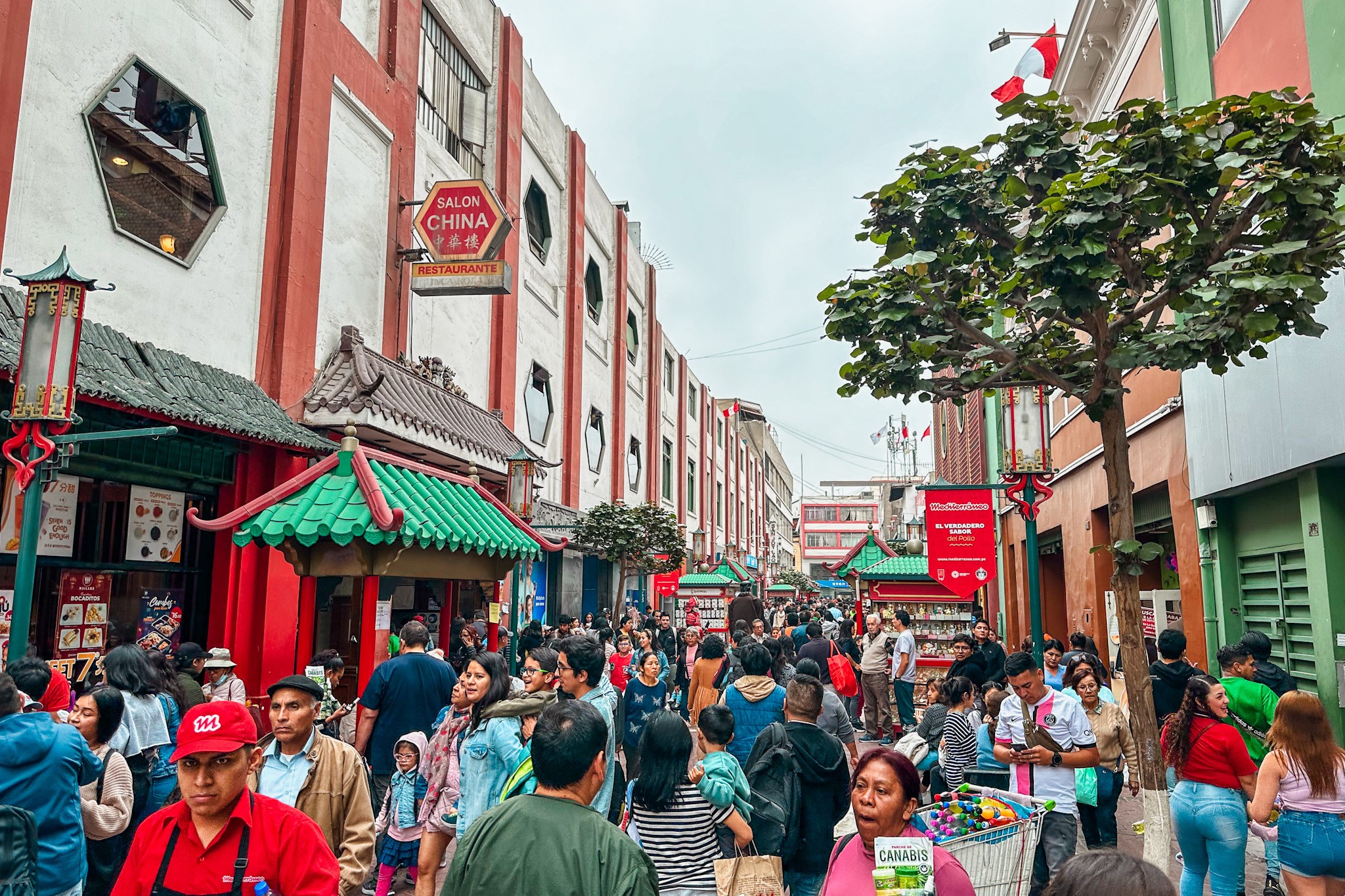
8. Visit the Larco Museum
Larco Museum holds an impressive collection of pre-Columbian art and artifacts. One of the highlights is the museum’s erotic pottery collection, a unique glimpse into the past. The green gardens surrounding the museum provide a tranquil oasis where you can have a cup of coffee.
Larco Museum is open every day from 10 a.m. to 7 p.m. A ticket costs 35 PEN (≈ 9 USD) per person. Guides are available to show you around, but we think you don’t need them as the museum’s displays are in English and Spanish.
9. Showtime at Magic Water Circuit
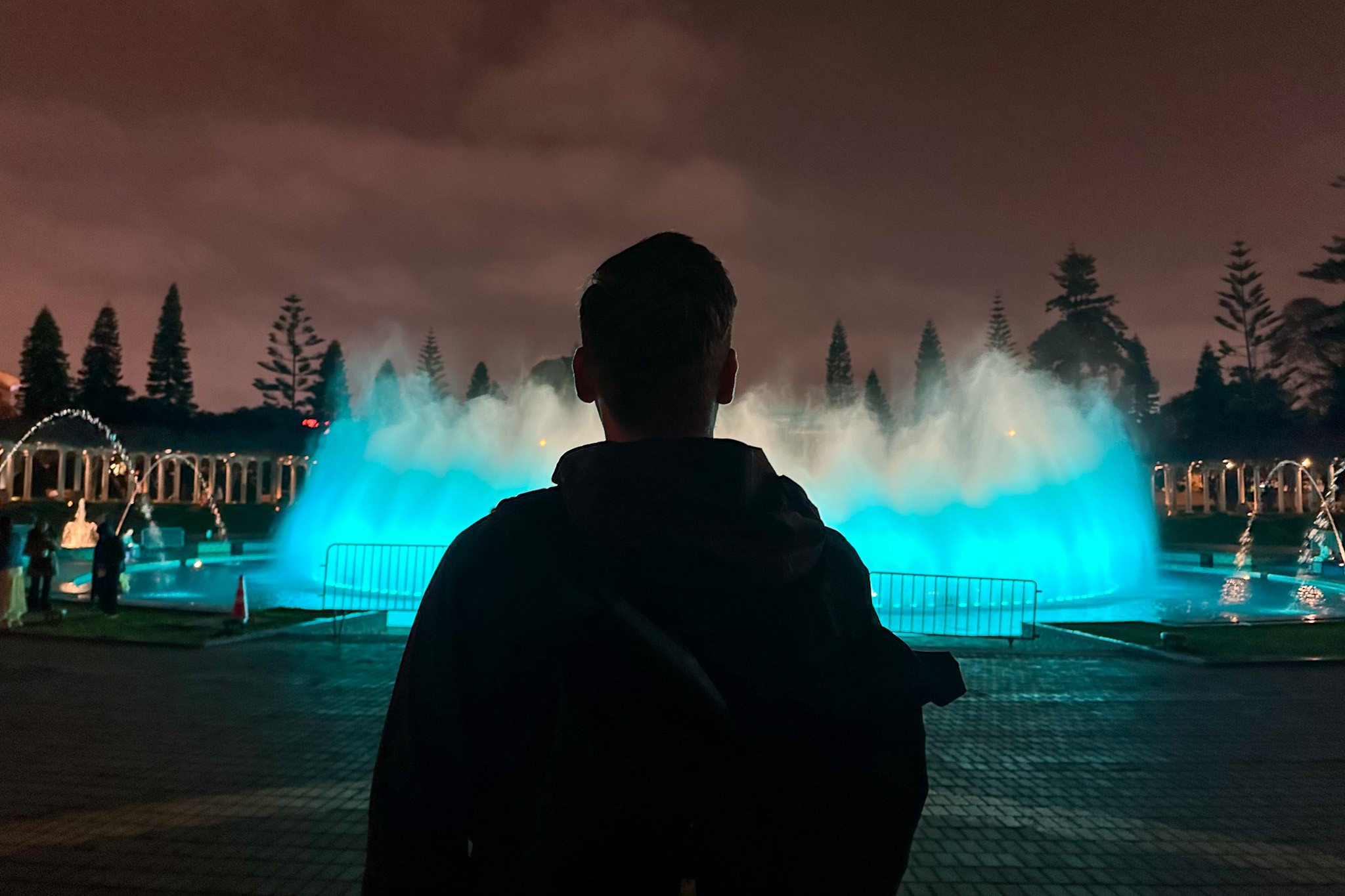
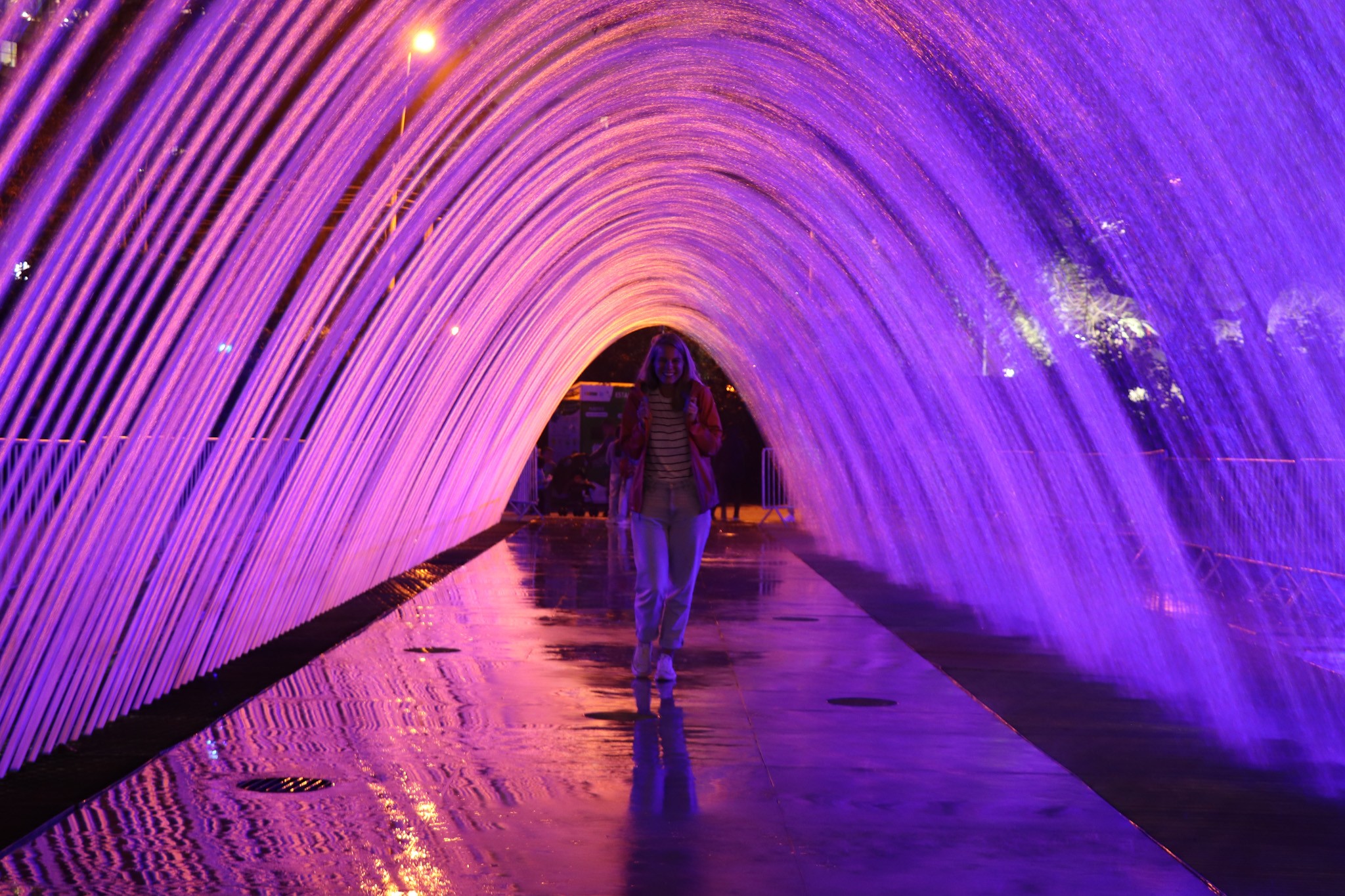
10. Try the thrill of Paragliding
Paragliding in Lima is a really fun activity to do. We’ve seen many paragliders flying over the city and along the coast. And even though we weren’t brave enough ourselves, we’ve heard from a lot of people that it must be so beautiful to see the views on the coastline of Miraflores, Barranco, and San Isidro from a bird’s eye perspective.
A paraglide flight with a certified instructor costs around 250 PEN (≈ 67 USD) and can be booked each day of the week, if the weather conditions are good.
How to get to Lima?
Jorge Chavez International Airport has direct connections to several big cities in the USA and Europe. The ride from the airport to the city center takes about 30-40 minutes. Several taxis are waiting in front of the airport, but also Uber is available in Peru. Expect to pay 15-18 USD for the ride to the center of Miraflores.
Avoid buying a SIM card at the Lima Airport. The costs for prepaid cards at the airport are highly overpriced. Expect to pay at least 60 USD for a small data package up to 160 USD. Instead, get your SIM card from vendors in the city, with monthly packages starting from as low as 10 USD.
Similar to Colombia, all airport ATMs charge a high withdrawal fee of up to 10-15 USD for your cash withdrawal. The maximum cash amount per transaction is mostly only 400 PEN (≈ 107 USD), which makes it complicated to save on ATM fees. Your best option is to find an ATM from Banco de la Nacion in the city center. These ATMs currently don’t charge any fees but have a daily withdrawal limit of 800 PEN (≈ 213 USD).
Relevant Reading
Where to stay in Lima?
The best neighborhoods in Lima for tourists to stay are Miraflores and Barranco, each offering a distinct experience.
Miraflores, stretching along the Pacific coastline, welcomes visitors with its modern, cosmopolitan vibe. Here, you’ll find upscale hotels, world-class restaurants, and shopping districts. On the other hand, Barranco, often referred to as the “Bohemian” neighborhood, boasts a more relaxed and artistic atmosphere. Its charming colonial architecture, vibrant street art and cultural scene make it a unique destination.
Here are our accommodation picks for Lima, including the apartment we stayed and some more options for all kinds of travel styles.
Where to eat in Lima?
Lima not only has one of the best restaurants in the world, it hosts the best one. While getting a table at The Central isn’t easy but expensive, the city offers some of the most delicious national and international food you won’t find elsewhere.
During our stay, we’ve come across plenty of restaurants in Lima. There is no way we could have dined in all of them. Nonetheless, here are our top favorite 3 restaurants in Lima.
Central Restaurante
- Peruvian
- High
The number 1 of the world’s best restaurants. It is known for its contemporary interpretation of Peruvian cuisine and is located in the Miraflores district of Lima.
Punto Azul
- Italian / Peruvian
- Moderate
Restaurante Moyas
- Peruvian
- Moderate
Restaurante Moyas is an authentic Peruvian restaurant offering various local specialties from Alpaca to Lomo Saltado. Plus, you’ll have a great view of the Plaza del Armas.
The most popular local food of Lima is Lomo Saltado, a Peruvian dish that combines elements of Chinese and Peruvian cuisine. It’s a stir-fried beef combined with vegetables, special seasoning and sauces, fries, and rice.
Another meal you definitely shouldn’t miss when in Lima is Ceviche. Ceviche consists of fresh raw fish or seafood, typically marinated in lime or bitter orange juice, and is mixed with onions, chili peppers, and cilantro. Maybe not everyone’s meal, but we found it really ‘yummy’.
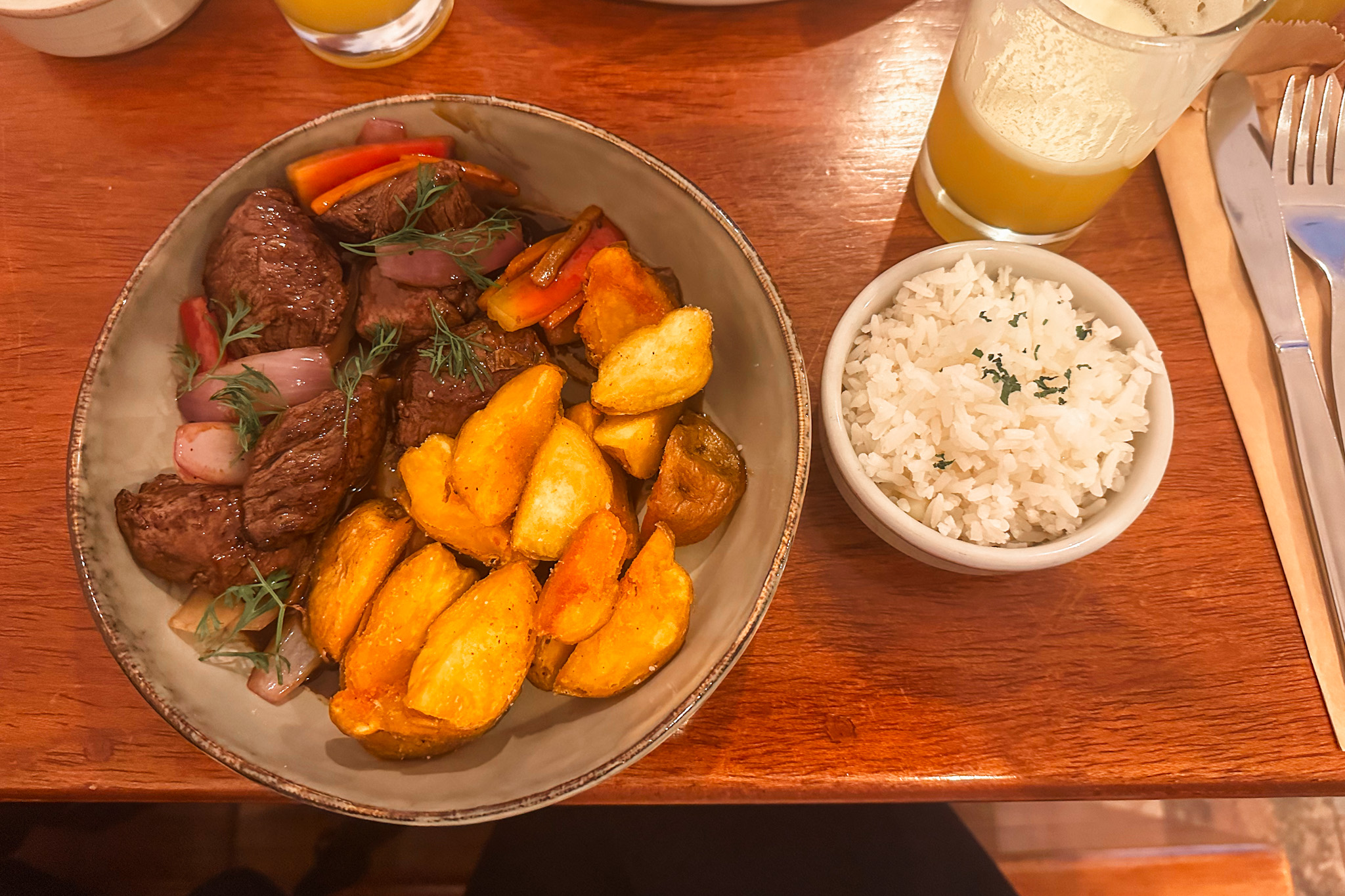
For drinks, we will miss the Pisco Sour. Pisco Sour is a famous cocktail made of Pisco, a national liquor, lime juice, simple syrup, and egg white. It tastes similar but still distinctly different from a Whiskey Sour or Margarita.
Try out Inca Kola, the often called ‘golden cola of Peru’. It’s a bright yellow and fruity soda that is extremely popular throughout the country. By any means, it’s not a usual Coke and most Europeans would say it tastes like an overly artificial and sweet drink. We still loved it so much that we drank it almost every day until we found out that it contained a good amount of caffeine.
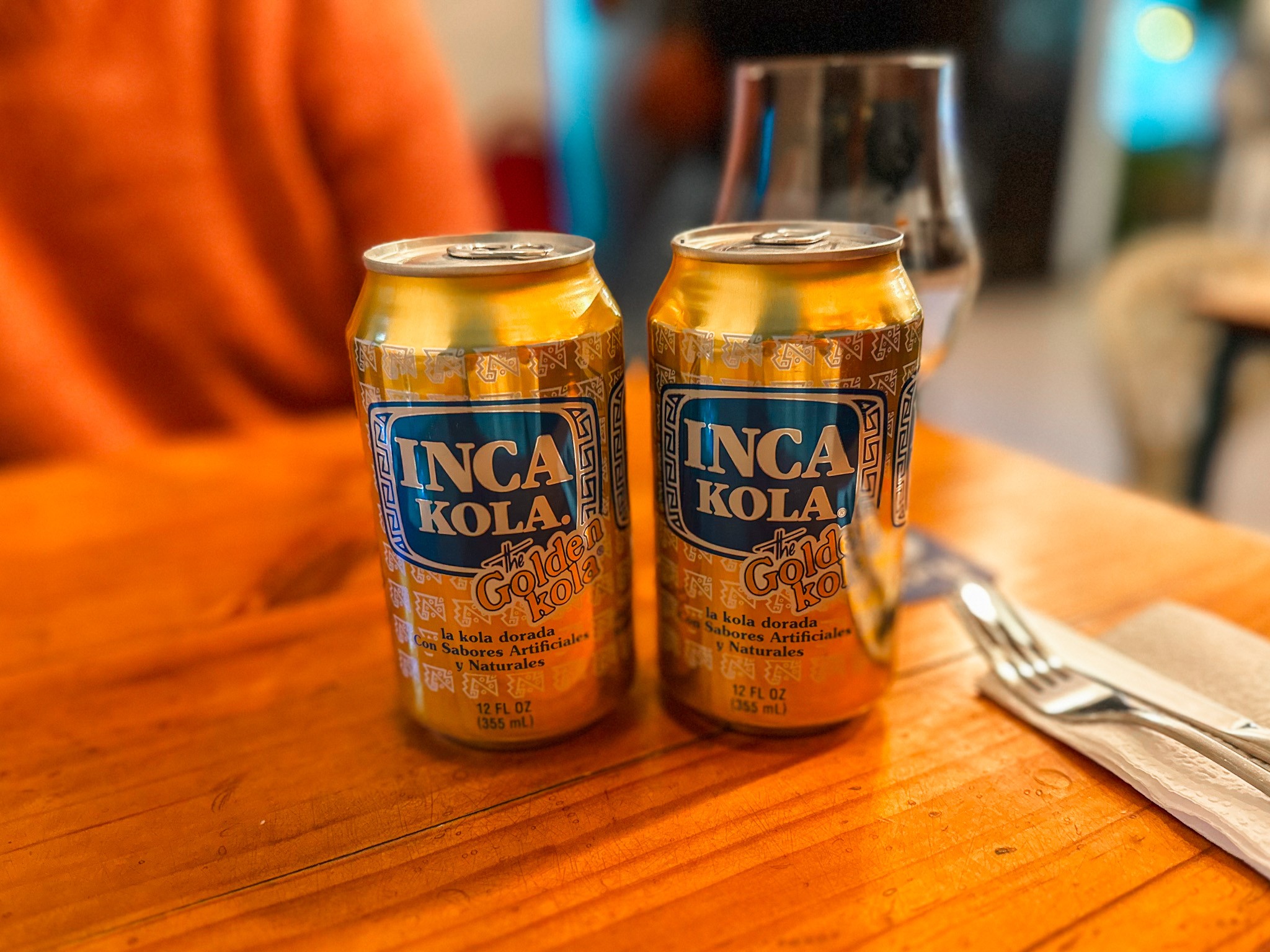
How to get around Lima?
In Lima, be prepared for horrible traffic. It’s less the crazy driving culture but the massive traffic jams that make moving around in Lima bothersome. So definitely plan for some extra time when getting around Lima.
Lima doesn’t have a city metro system. A popular and cheap choice to travel around Lima is the public buses. Buses have separate lines to get through the city traffic more quickly, making them the fastest transportation option during peak times.
Another option to get around Lima is to take a taxi or ride with a local. Taxis are readily available in almost every corner of the city. Sometimes you’ll also find locals stopping at the street and offering a ride. While we wouldn’t recommend riding a taxi or hopping on a local driver due to safety, it’s an option that many locals use. Keep in mind that taxis are not metered and prepare for a little negotiation, as you will get the ‘Gringo Price’.
A convenient and fair-priced option to get around Lima is taking an Uber. Uber is legal in Peru and private drivers are well spread throughout the city center. Keep in mind that drivers will sometimes decline rides if you want to travel to outer districts.
We got stressed out when we were trying to get to the Bus Terminal in the morning. All Ubers declined the ride due to the commuter traffic and the only taxis we’ve found were already occupied. Luckily a local picked us up and drove us to the bus station. He was one of the friendliest people we’ve met during our time in Lima. But next time, we’ll definitely plan some extra time for our trip through the city.
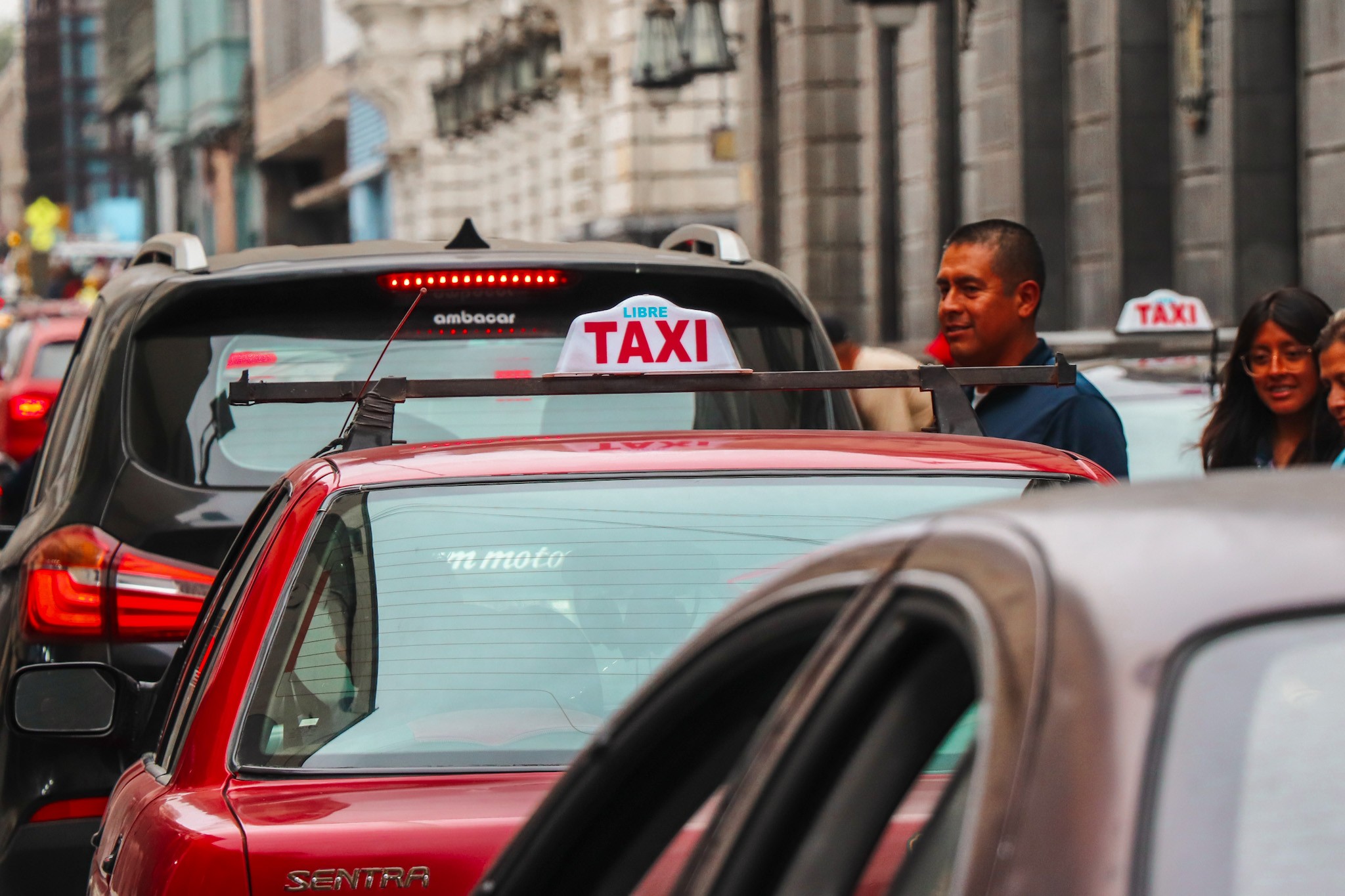
When is the best time to visit Lima?
Lima is the city where it never rains. Like really, after Cairo the city of Lima is the second driest capital in the world. While there can be precipitation in the form of fog, mist, and drizzles during the Winter months from July to September, there actually is no bad time to visit Lima.
Therefore, the best time to visit Lima depends on your temperature preferences. The Summer months from December to March are the warmest and sunniest time to visit Lima with daytime temperatures averaging from 24°C to 27°C, having a slightly more humid climate. During Autumn from April to June and Spring from October to November temperatures are cooler and more comfortable, while in the Winter months, it can get quite chilly at night.
What does it cost to visit Lima?
Accommodation in Lima ranges from budget-friendly hostels to luxury hotels. Compared to the countryside staying in Lima is a little more expensive, yet very affordable for both backpackers and tourists.
Expect to spend around 220 USD a week if you travel budget up to a maximum of 1750 USD if you are seeking a more luxurious stay. Flight prices are not included in the cost overview, as they vary depending on your departure country and time of booking.
How many days to stay in Lima?
Spending two to three days in Lima is sufficient to explore most of the best things to do in the city. After all, many tourists skip Lima on their travels to Huaraz, Iquitos, and Cusco. We didn’t and had a perfect time exploring the city.
You can spend your first day with a free walking tour through the city, visiting the Plaza Major de Limas. In the afternoon explore the Catacombs and Chinatown or move on to the famous Huaca Pucllana pyramid.
On the second day, visit the Bridge of Sights in Barranco and spend the afternoon walking along the coast back to Miraflores, or, if the weather is good, consider paragliding. In the evening dine at a local restaurant and taste all the good stuff Lima has to offer.
On your last day, plan to visit the Larco Museum and enjoy the show of the Magic Water Circuit in the evening, before you head on to your next destination.
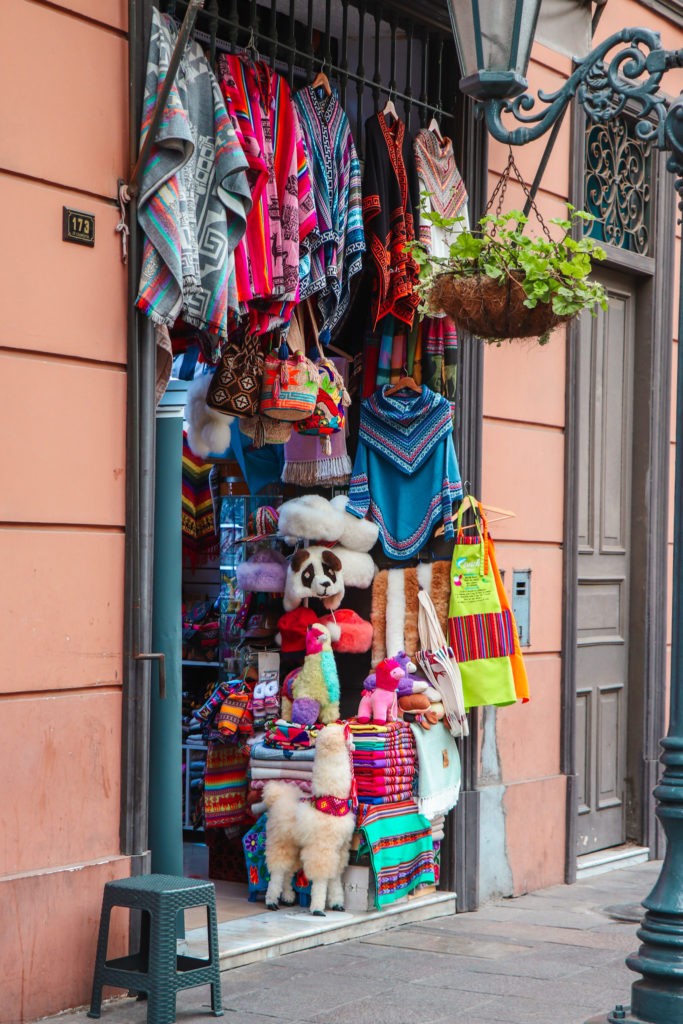
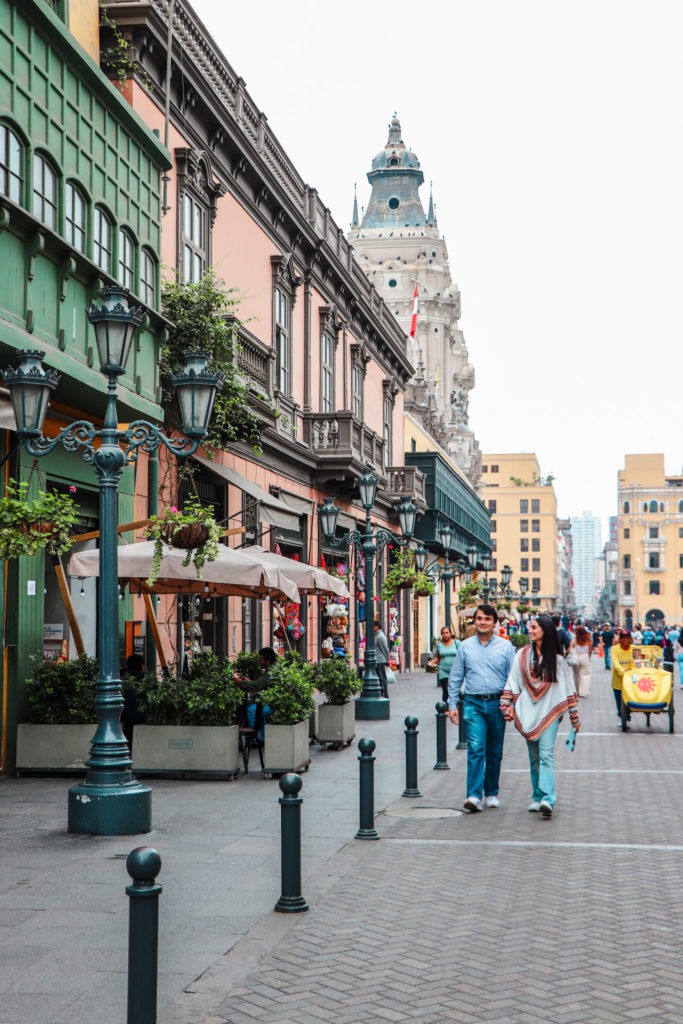
Is Lima safe to visit?
Generally speaking, Lima is a safe city. The most common crime is pickpocketing and petty theft which are present in all areas of the city. Violent crime is uncommon, but can occur in dodgy, often outer areas of the city. However, as with any other major city, it’s always wise to exercise basic safety precautions. Be mindful of your belongings and surroundings, safeguard your valuables, and refrain from displaying expensive items.
While Miraflores and Barranco are the safest parts of Lima, steer clear of districts like Callao and some parts of Central Lima at night.
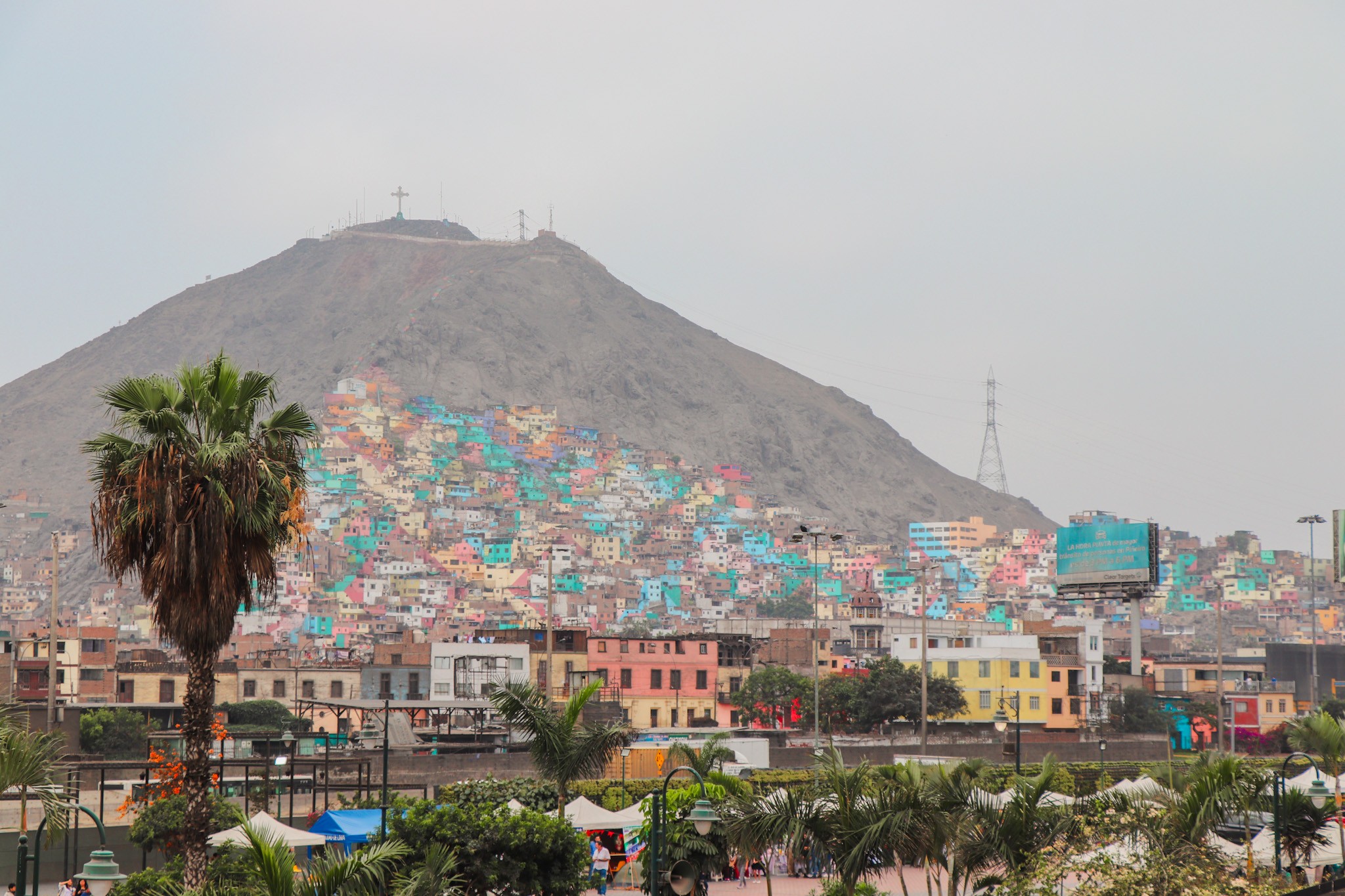
Is going to Lima worth it?
Lima is undeniably worth a visit for it’s rich cultural heritage, delectable cuisine and the enchanting blend of old-world charm and modern flair. The city’s airport is well connected internationally and locally, making it the perfect starting point for your trip through Peru.
Some people say that there is not much things to do in Lima, but we felt that this is not true. During our travels through Peru we’ve come across Lima multiple times, after exploring the heights Huaraz, wandering through the rainforest in Iquitos and our trip to the wonders of Cusco.

